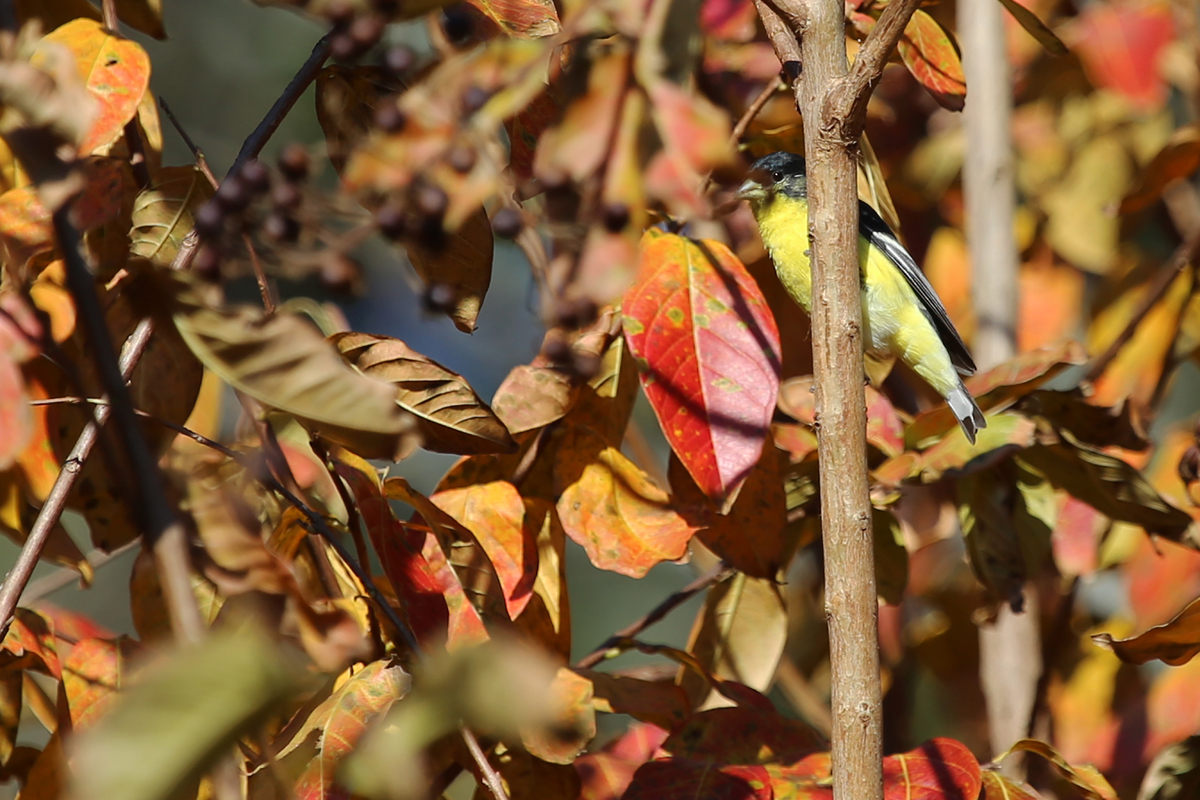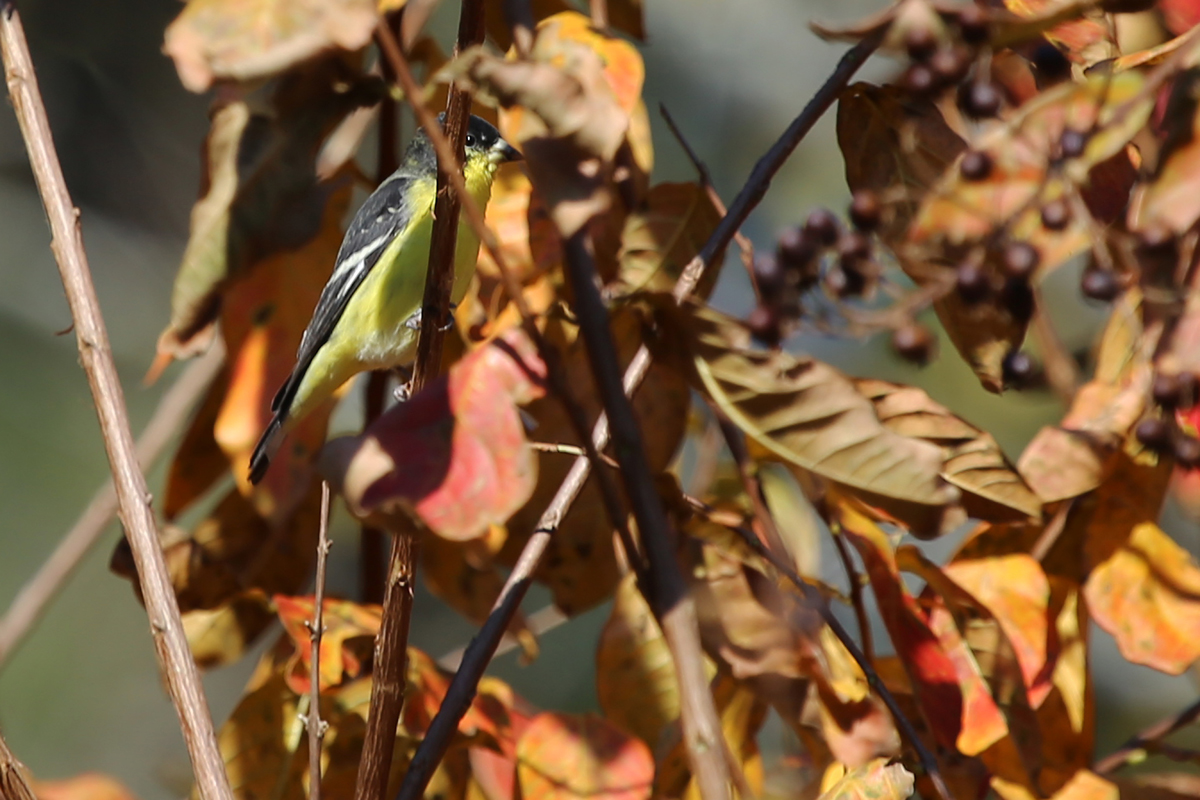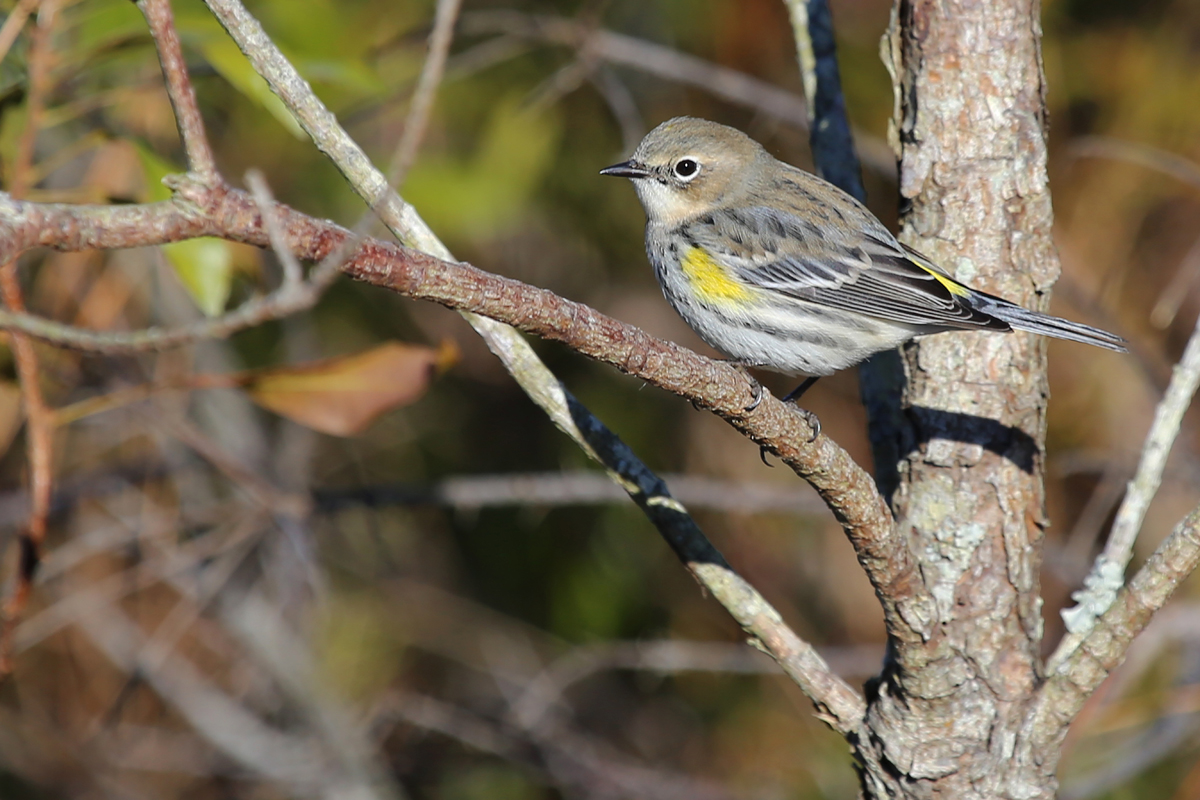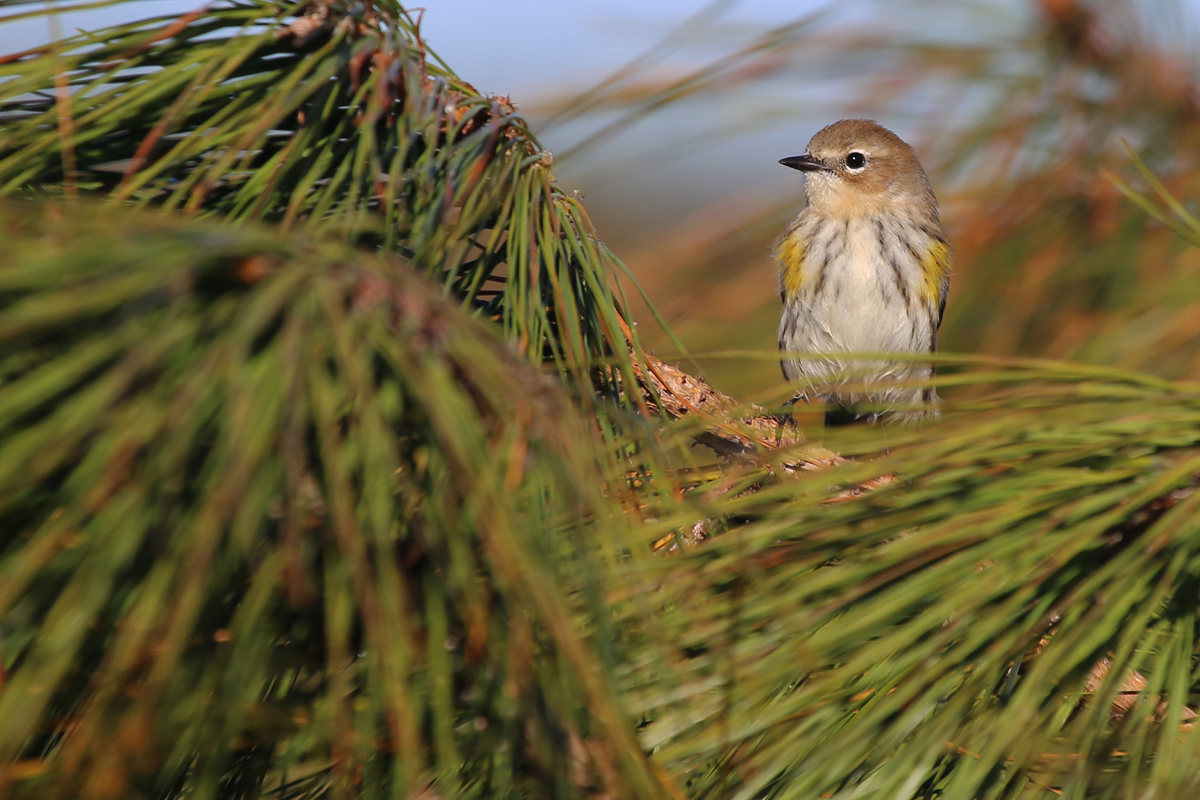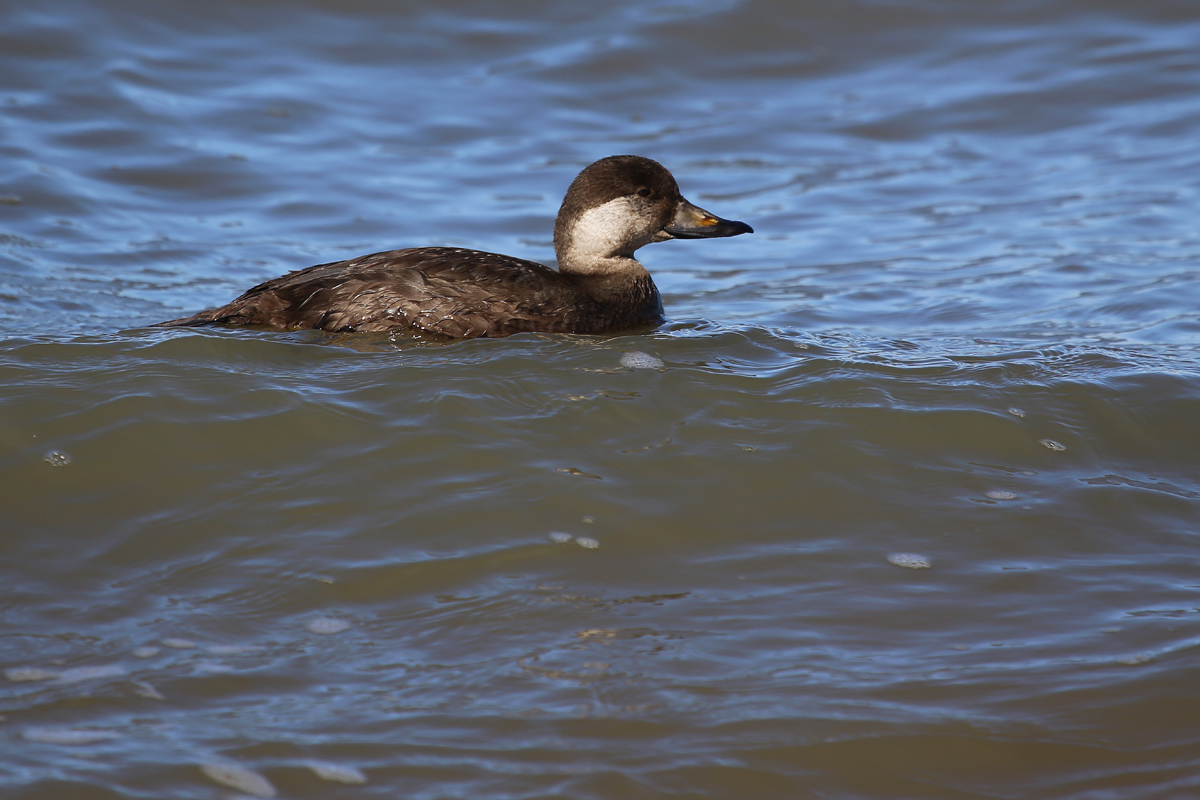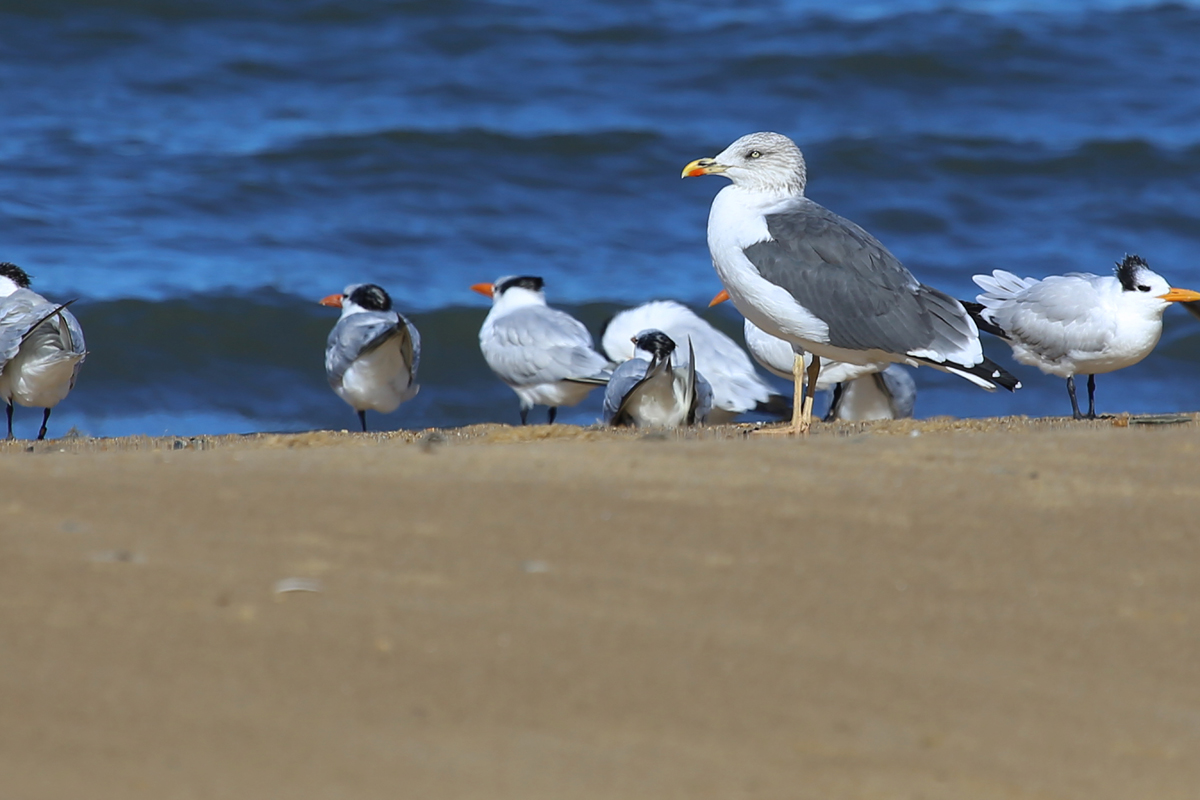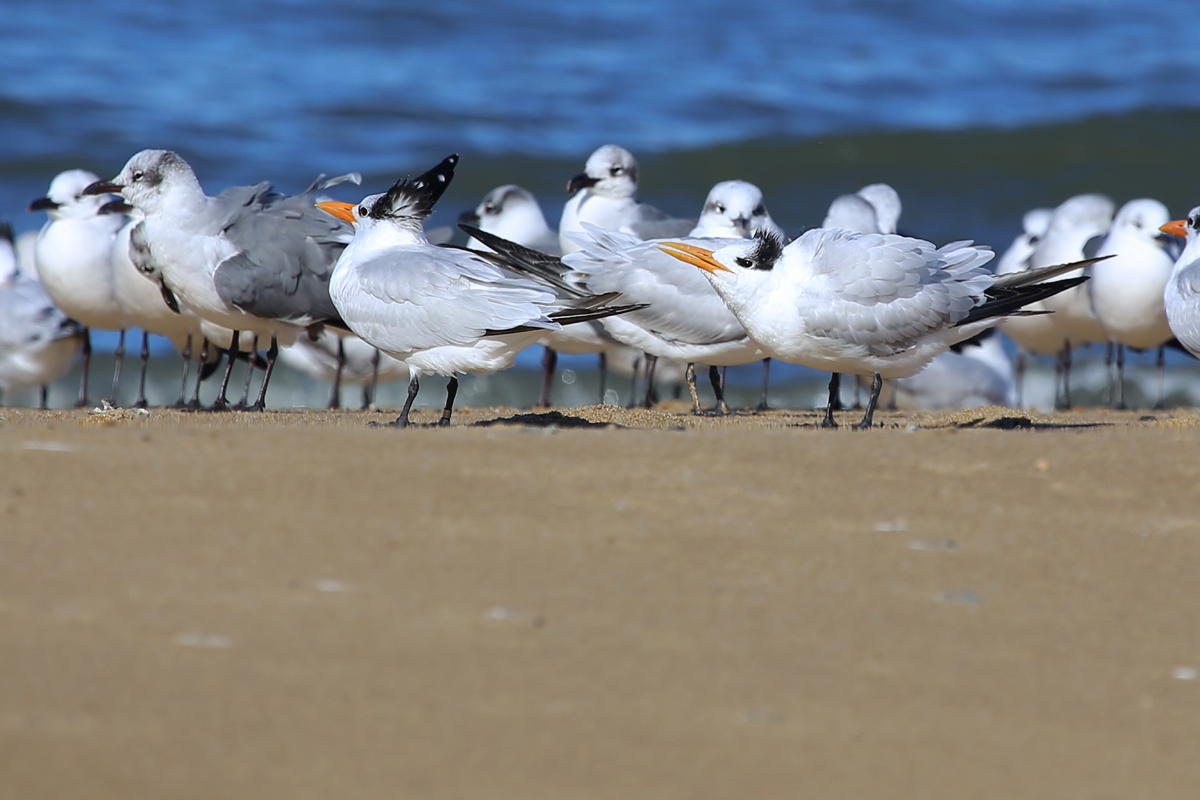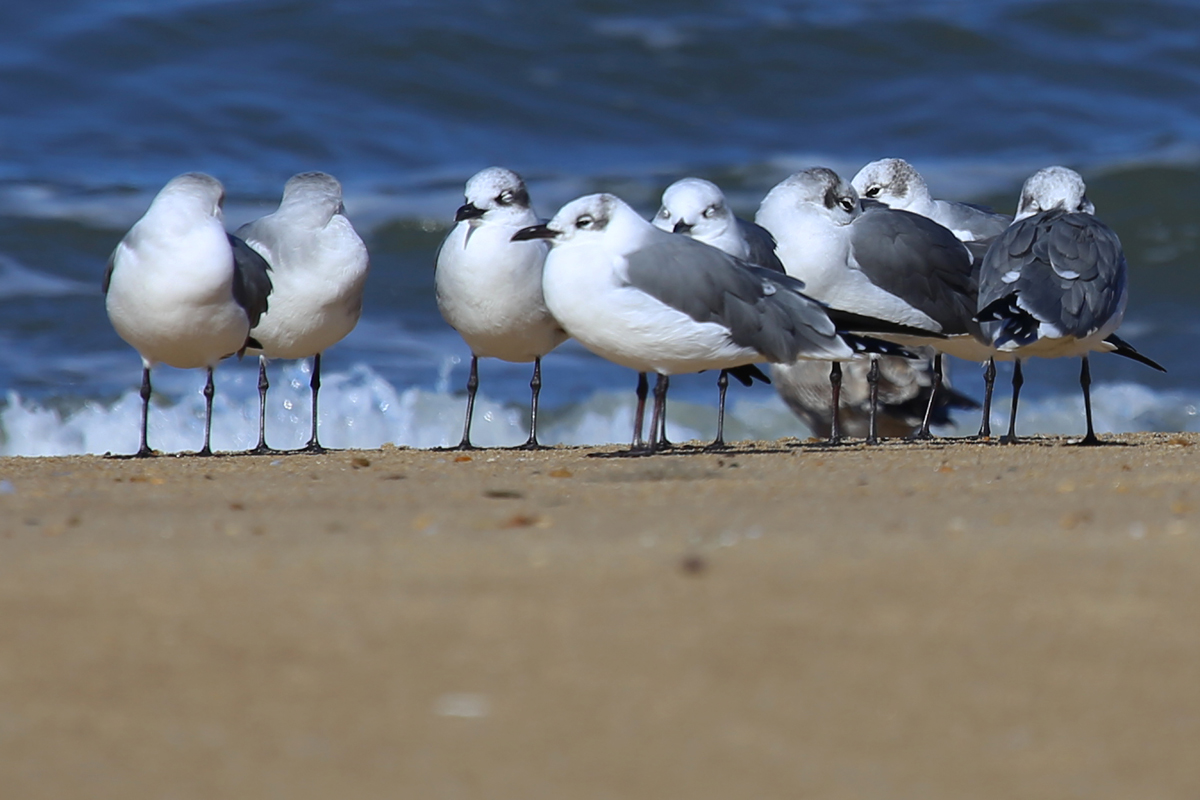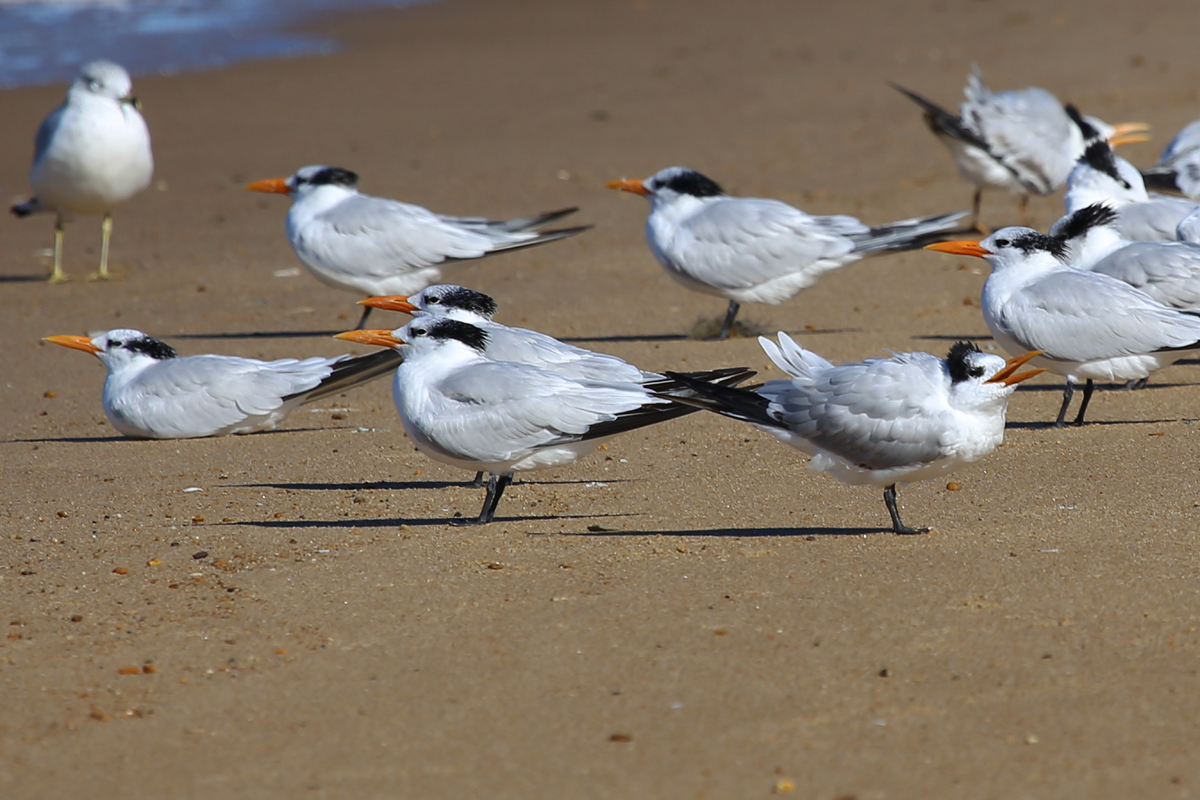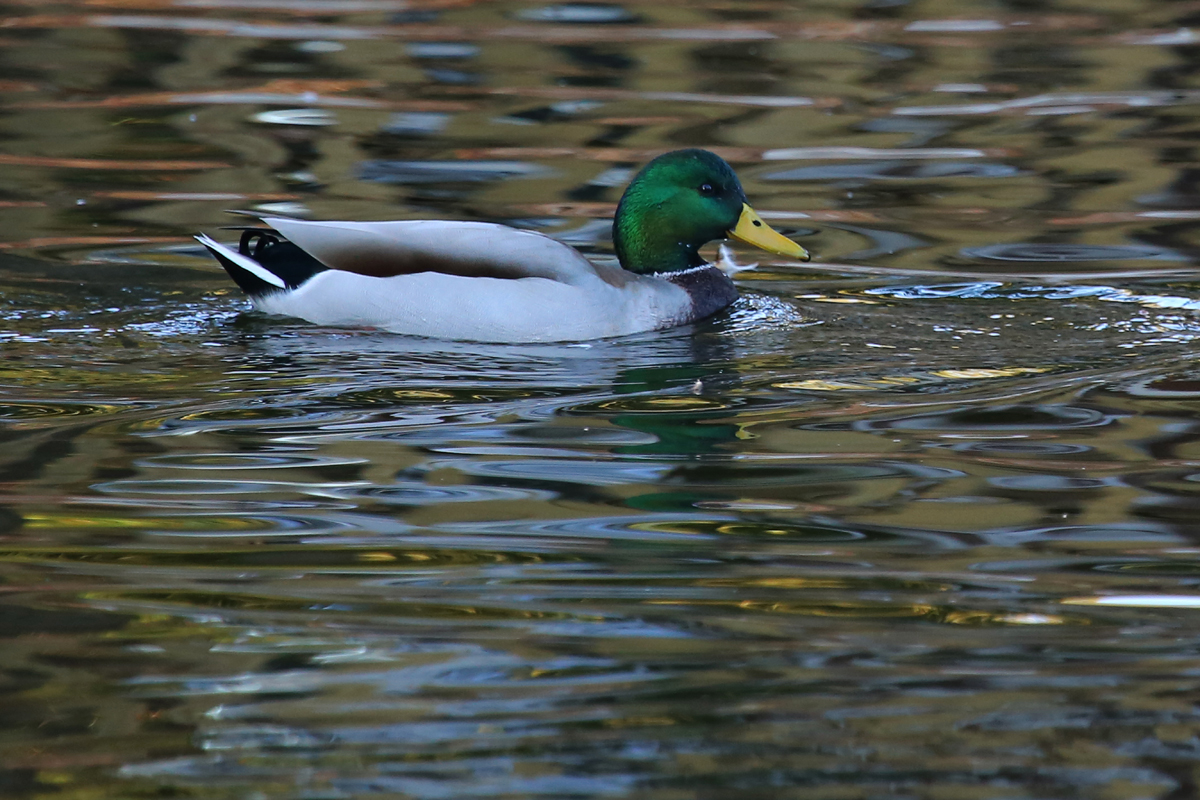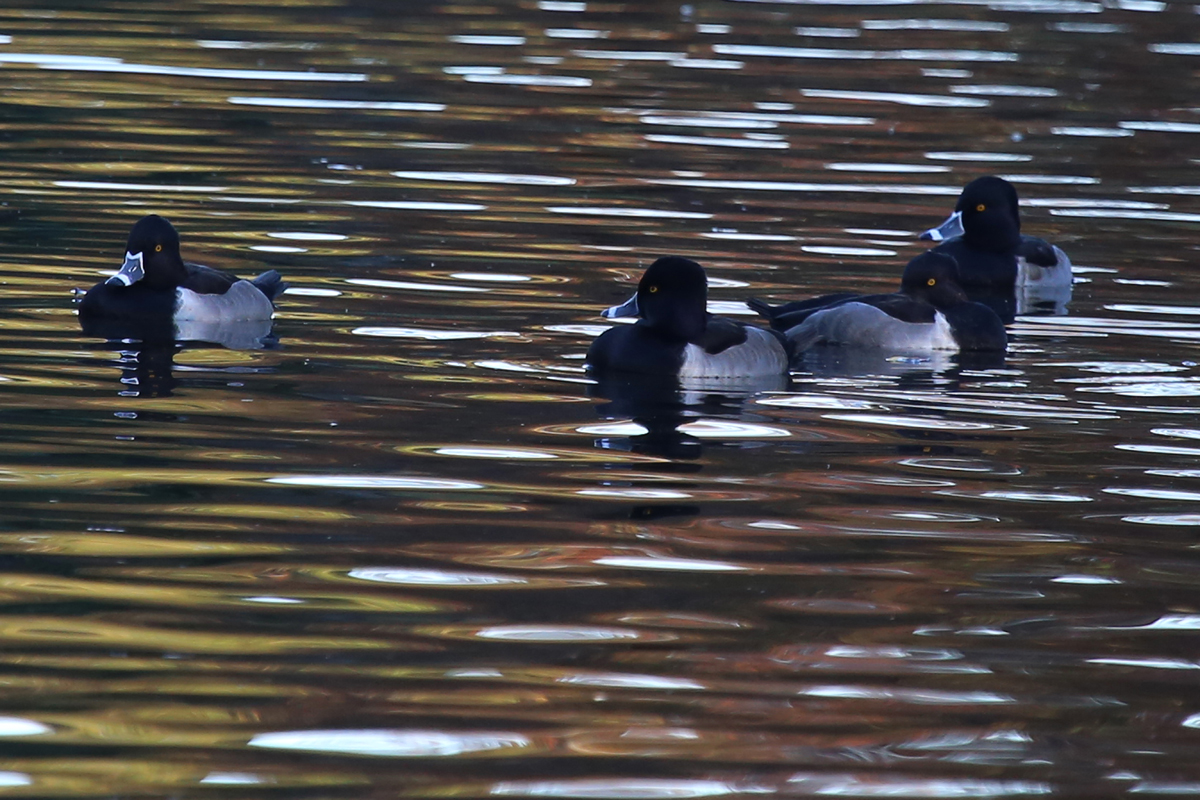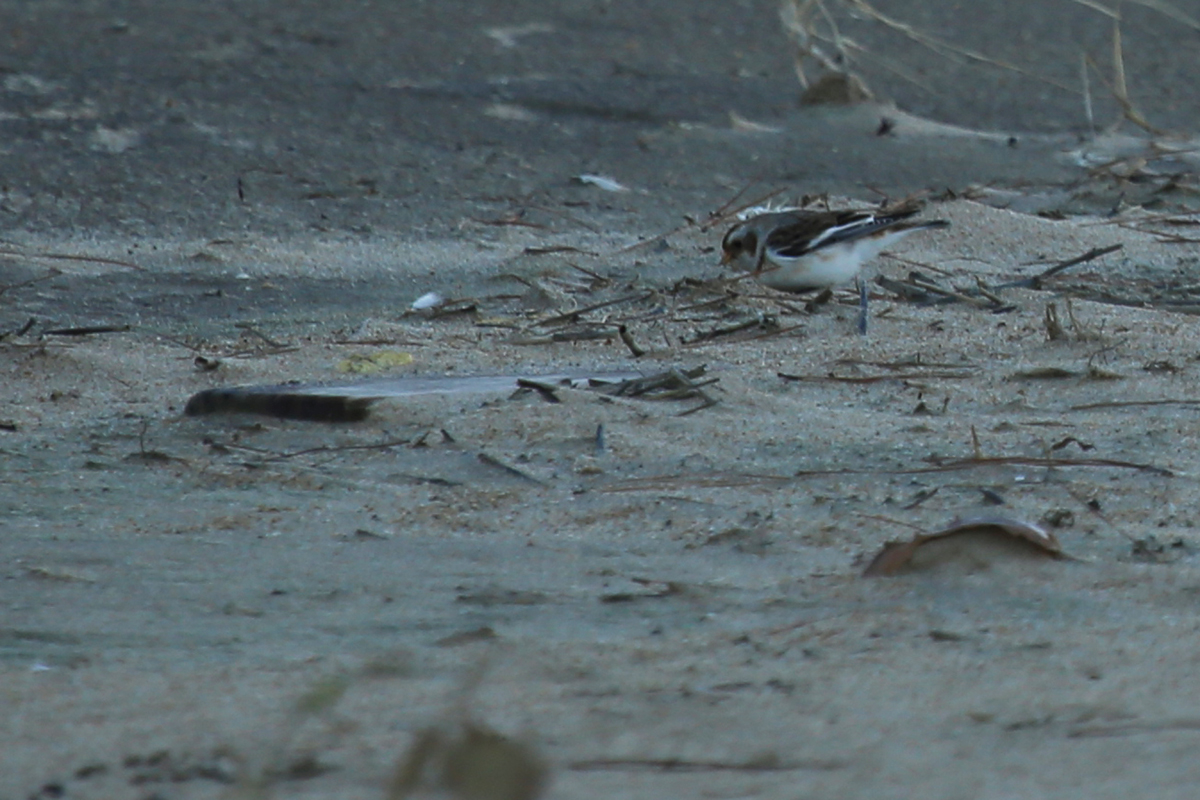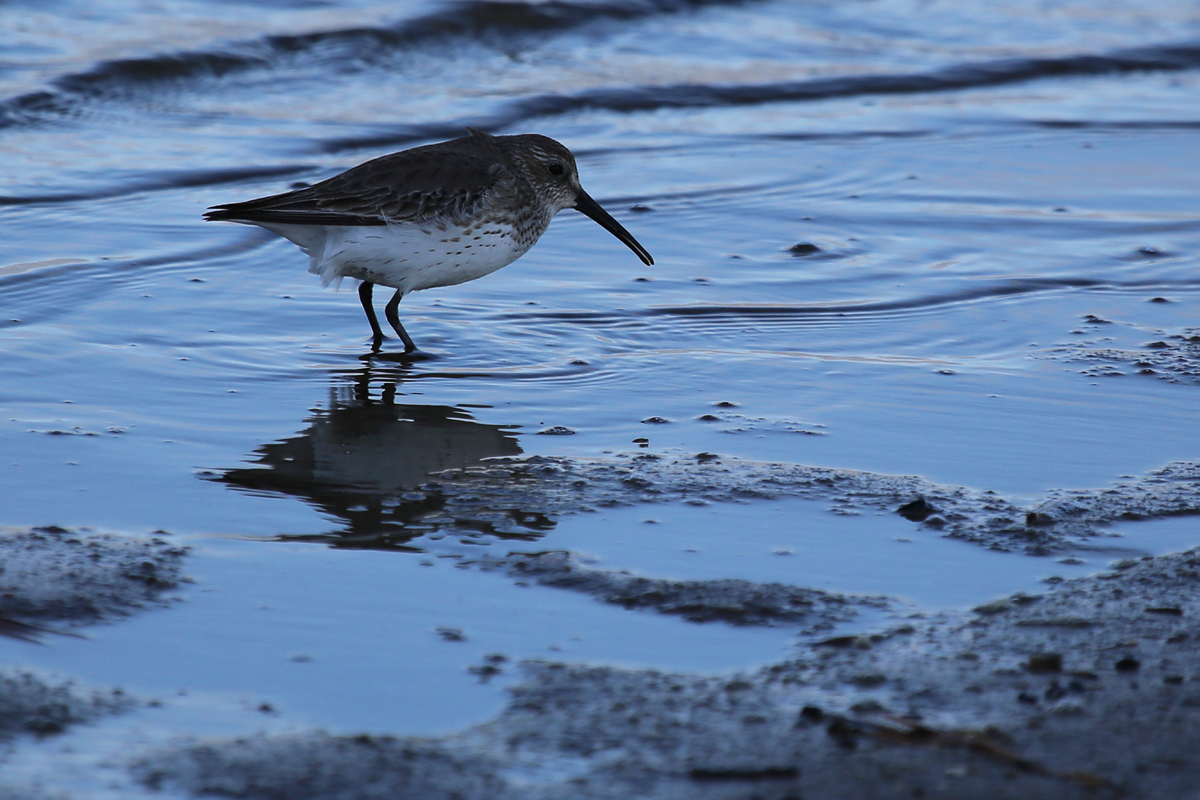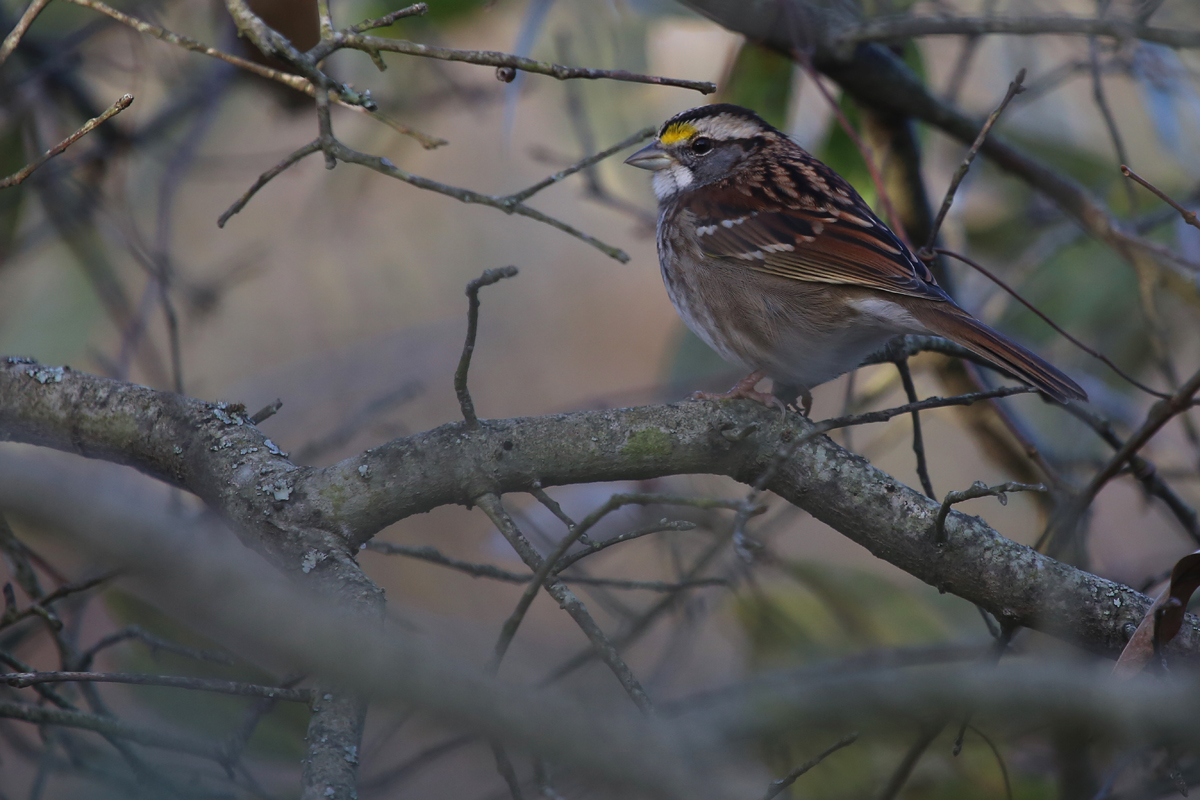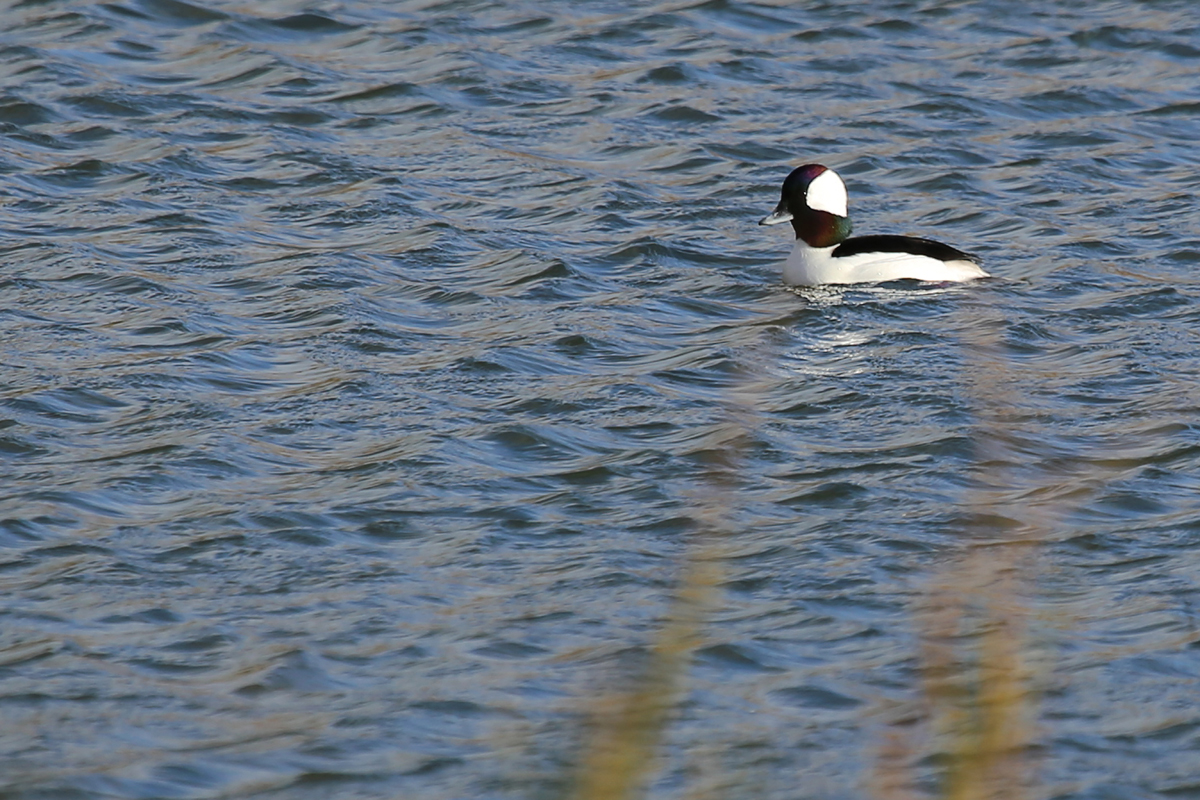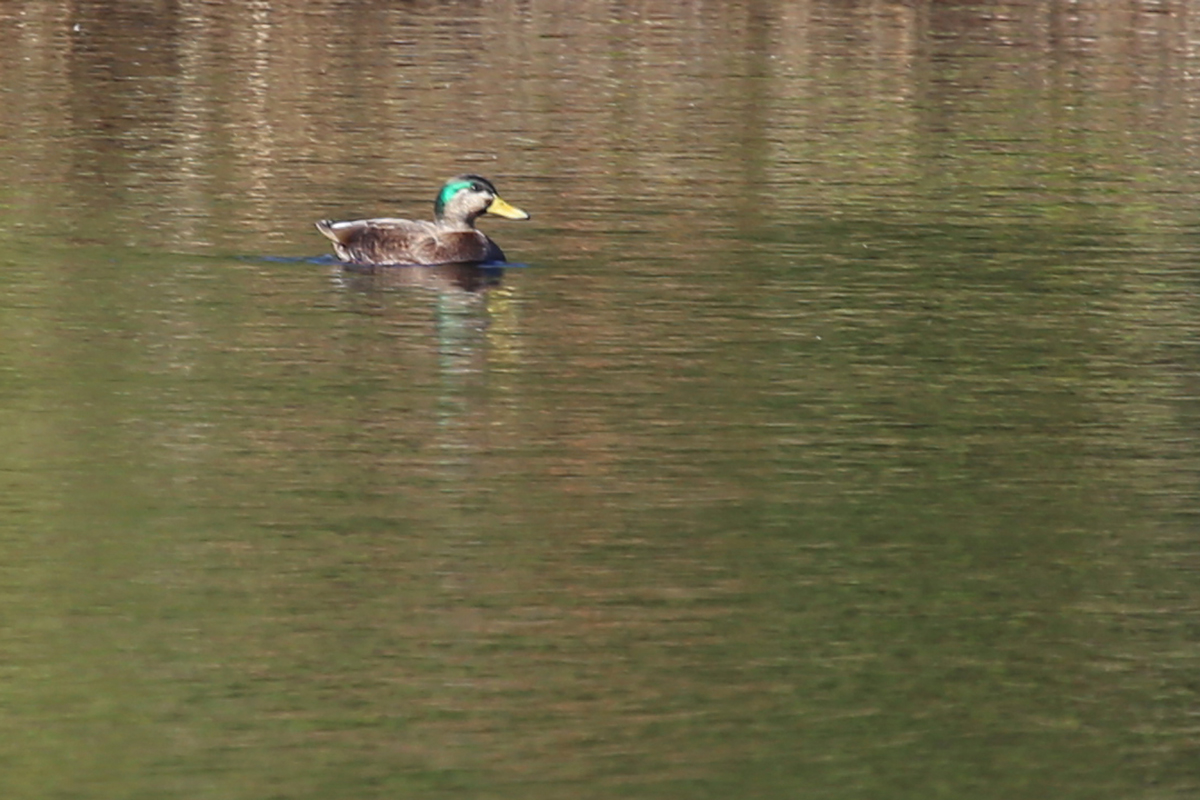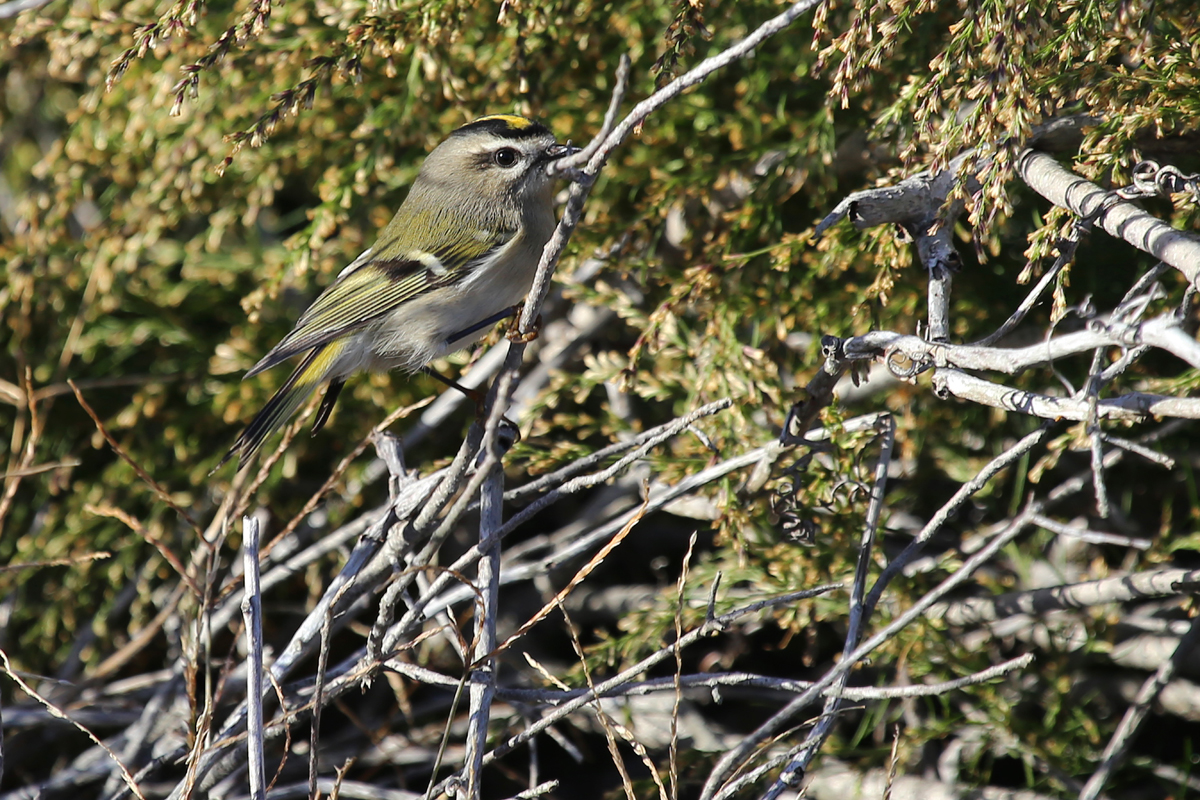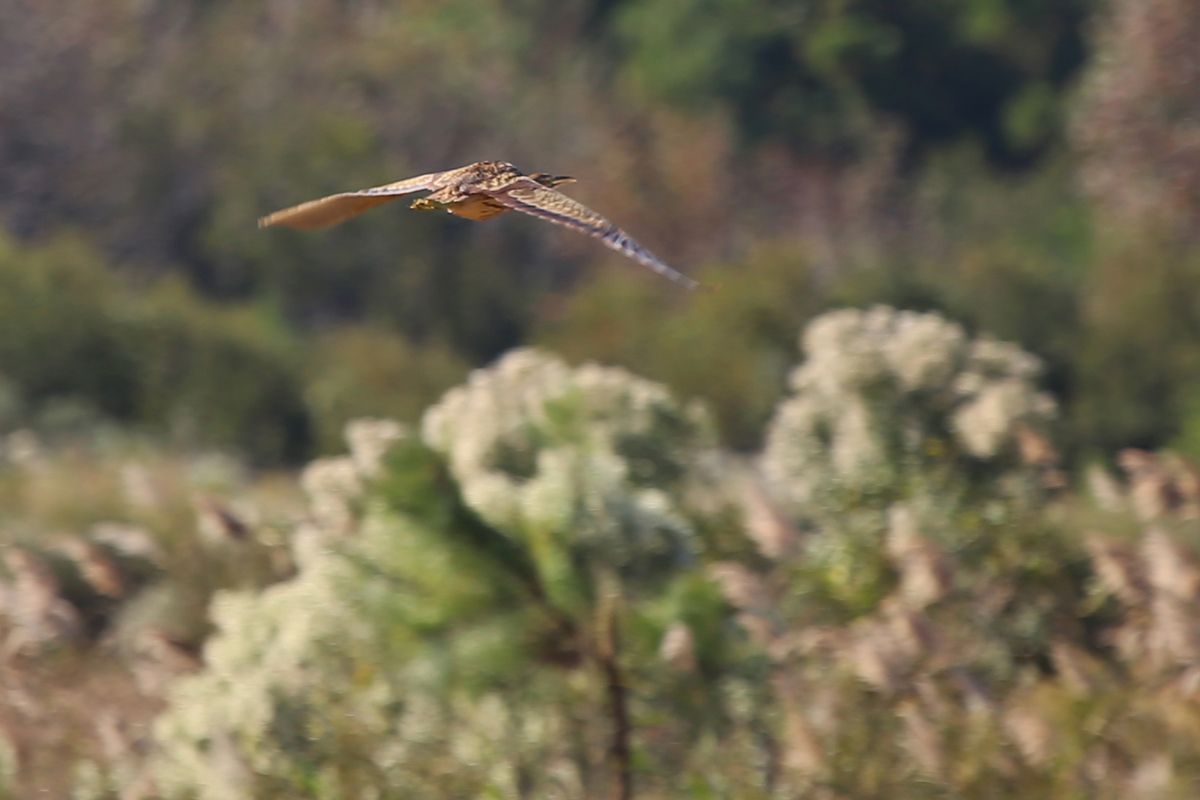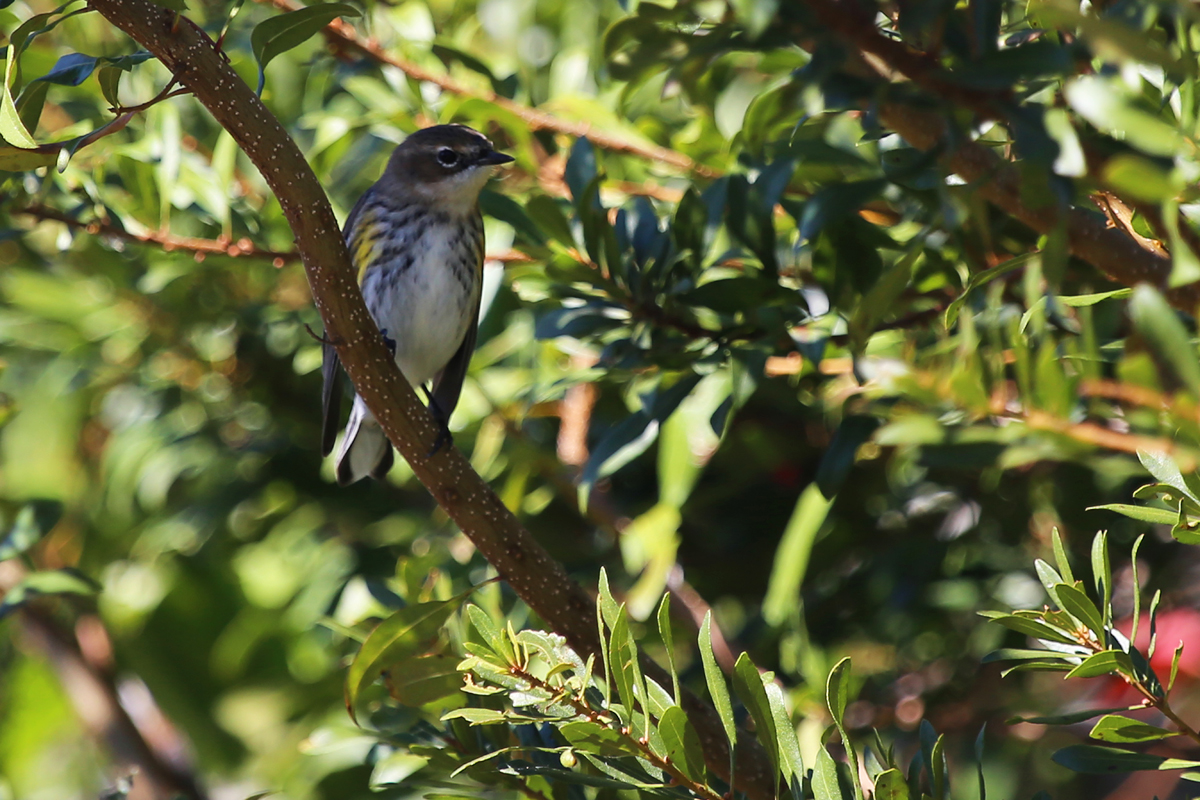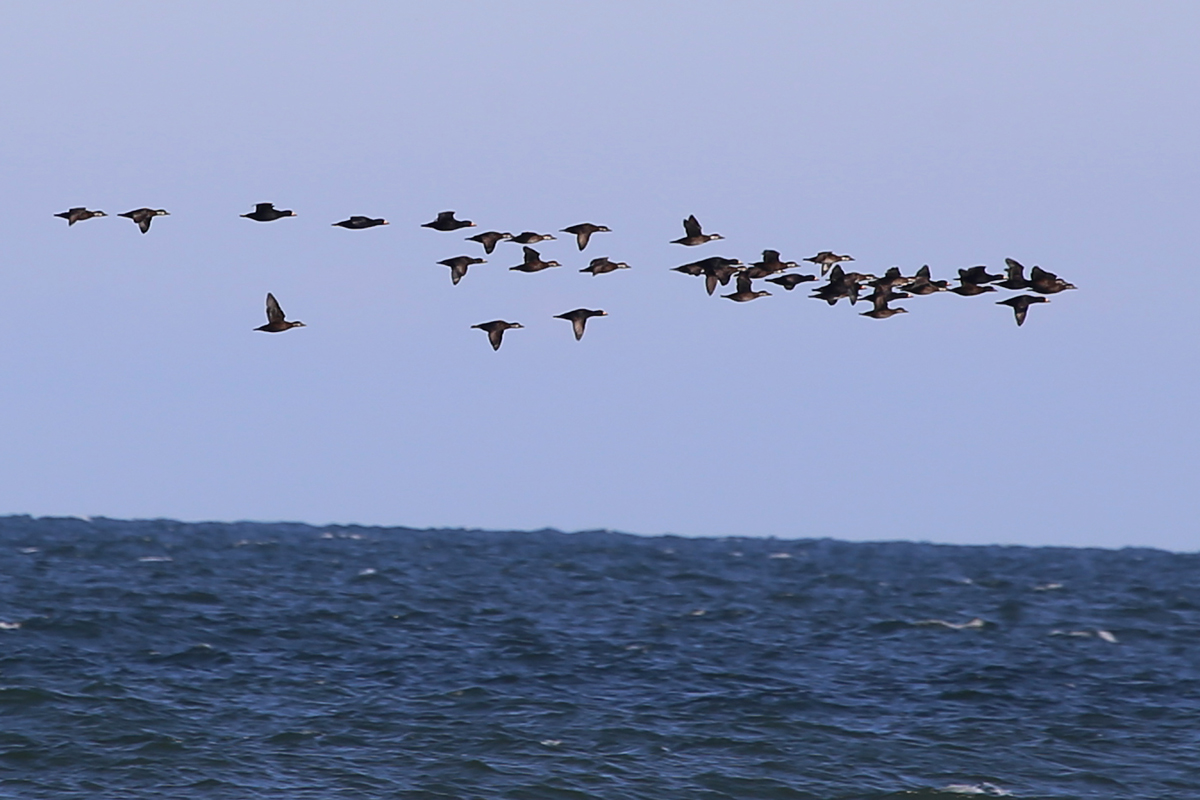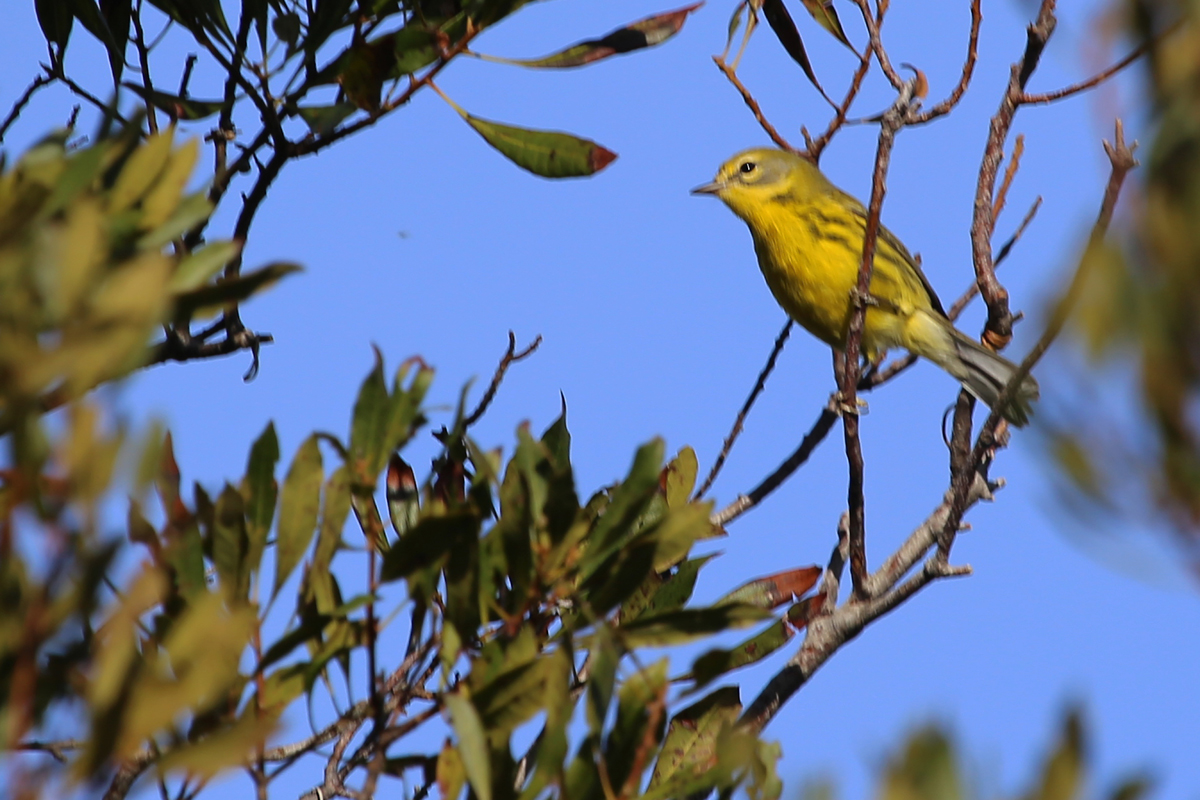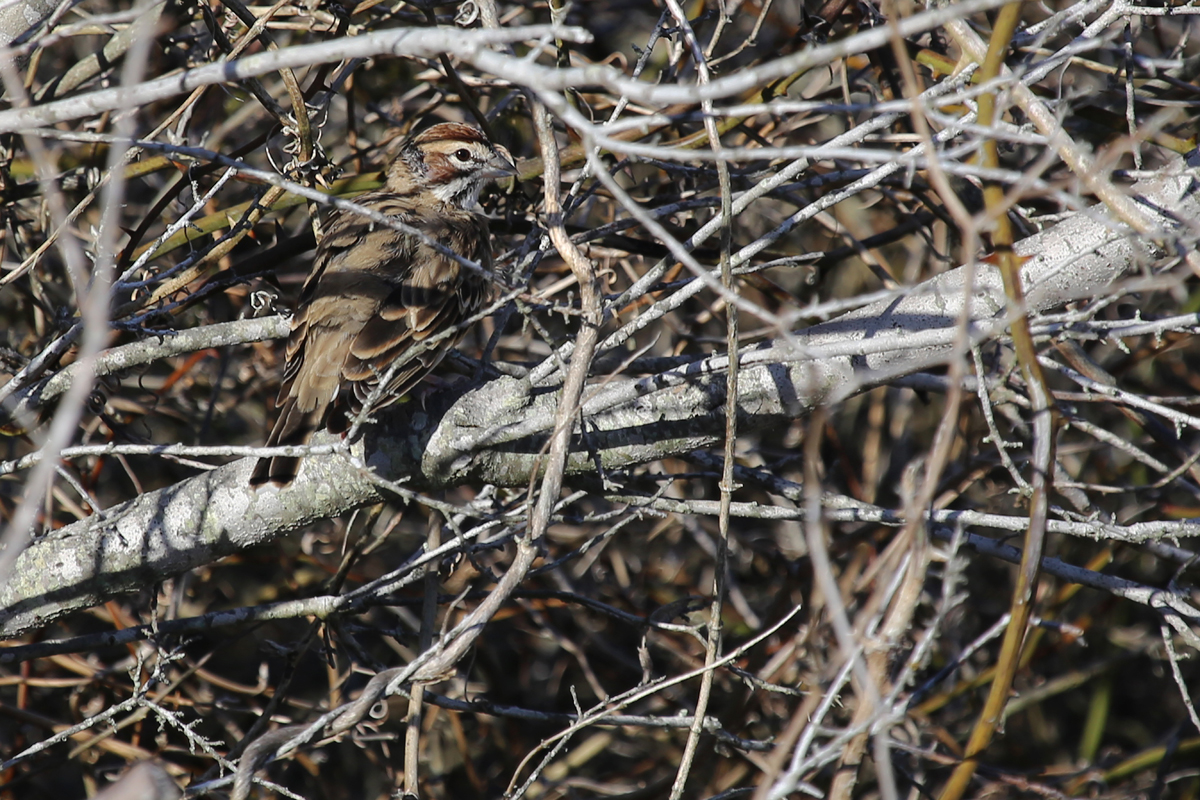Early December 2016 (1st-10th)
/Birding momentum continued into December on the heels of last period’s Lesser Goldfinch, and this time around Virginia Beach was graced with the presence of our first ever BULLOCK’S ORIOLE! While many other great birds were viewed this period in Virginia Beach, this will always be the headliner that late November 2016 will be remember for. Not only a first for the county, but for the entire state of Virginia (pending VARCOM acceptance, of course)! Other top finds this period included GREATER WHITE-FRONTED GOOSE, ROSS’S GOOSE, AMERICAN WHITE PELICAN, ASH-THROATED FLYCATCHER, PAINTED BUNTING, LE CONTE’S SPARROW and a continuing LARK SPARROW. First-of-season arrivals this period included our first-of-fall Long-tailed Duck, Great Cormorant & Vesper Sparrow (3 Dec) and Common Goldeneye (10 Dec)! Occurrences of late/lingering species this period included Barn Swallow (latest 3 Dec), Prairie Warbler & Yellow-breasted Chat (4 Dec), Nashville Warbler (5 Dec), Cattle Egret (7 Dec) and Ruby-throated Hummingbird (8 Dec). WEATHER: Early December brought on the demise of the fall colors, as most of the leaves hit the ground through this 10-day time frame, and the forests have again reached their barren, wintry appearance. Early December’s average daily high temperatures continued to fall, dropping considerably to 51.6 degrees F (-6.7 degrees from the late November period); average daytime lows also dropped, to 38.5 degrees F (-0.9 degrees). In fact, the 25 degree low temperature on 10 Dec was a new low mark for the season, and a fair amount of ice was present at Back Bay for the first time since last winter. The previous 10-year average daily highs & lows for the early December period were 56.1 & 39.0 degrees F, respectively which puts this period in 2016 at -4.5 and -0.5 degrees when comparing to the 10-year averages. During the previous 10-year period, the maximum average daily highs & lows were 64.0 (2012) & 44.9 degrees F (2014). We had 4 days with measureable precipitation which amounted to a total of 1.30 inches, with 0.69 inches falling 6 Dec.
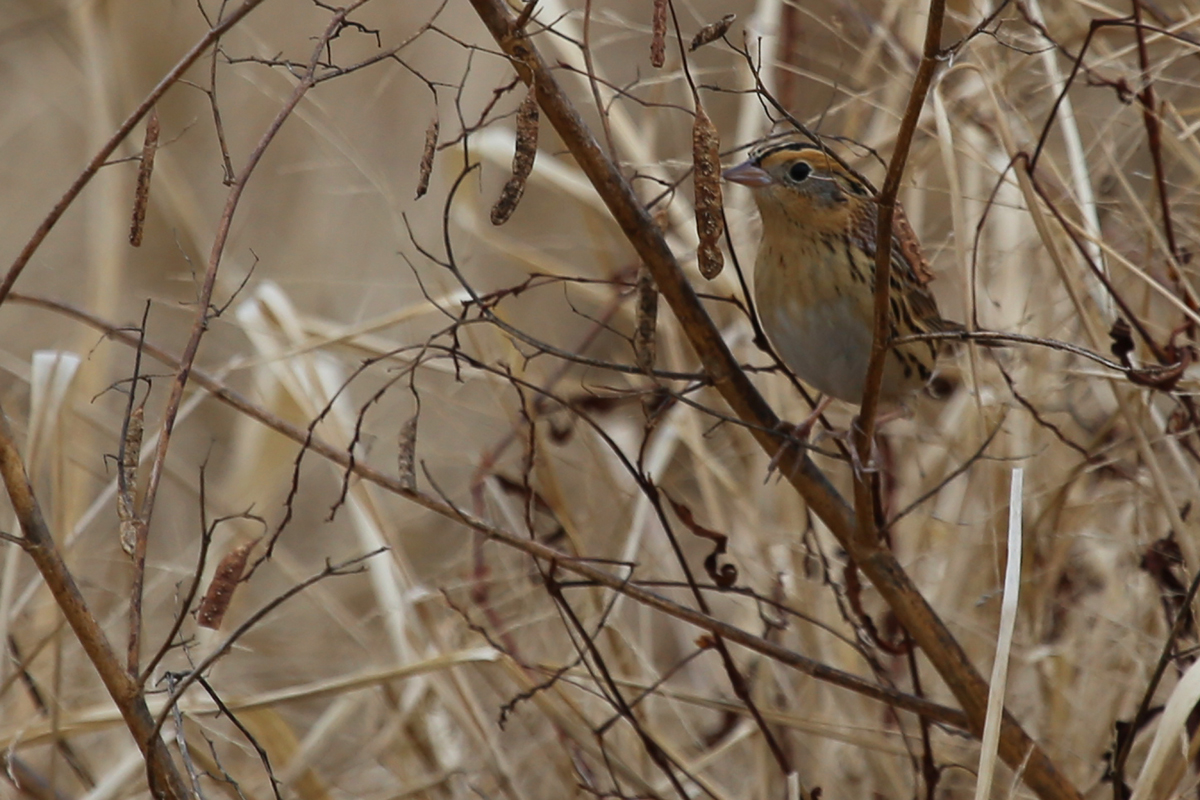
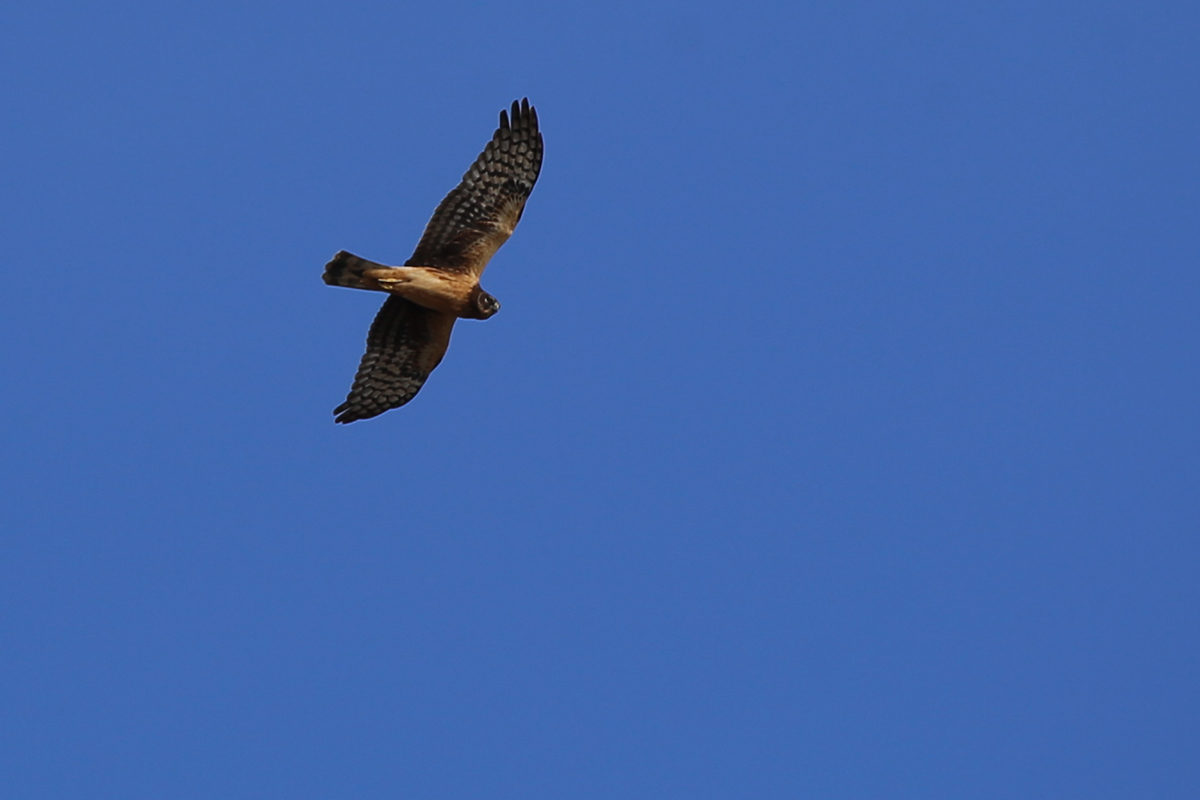

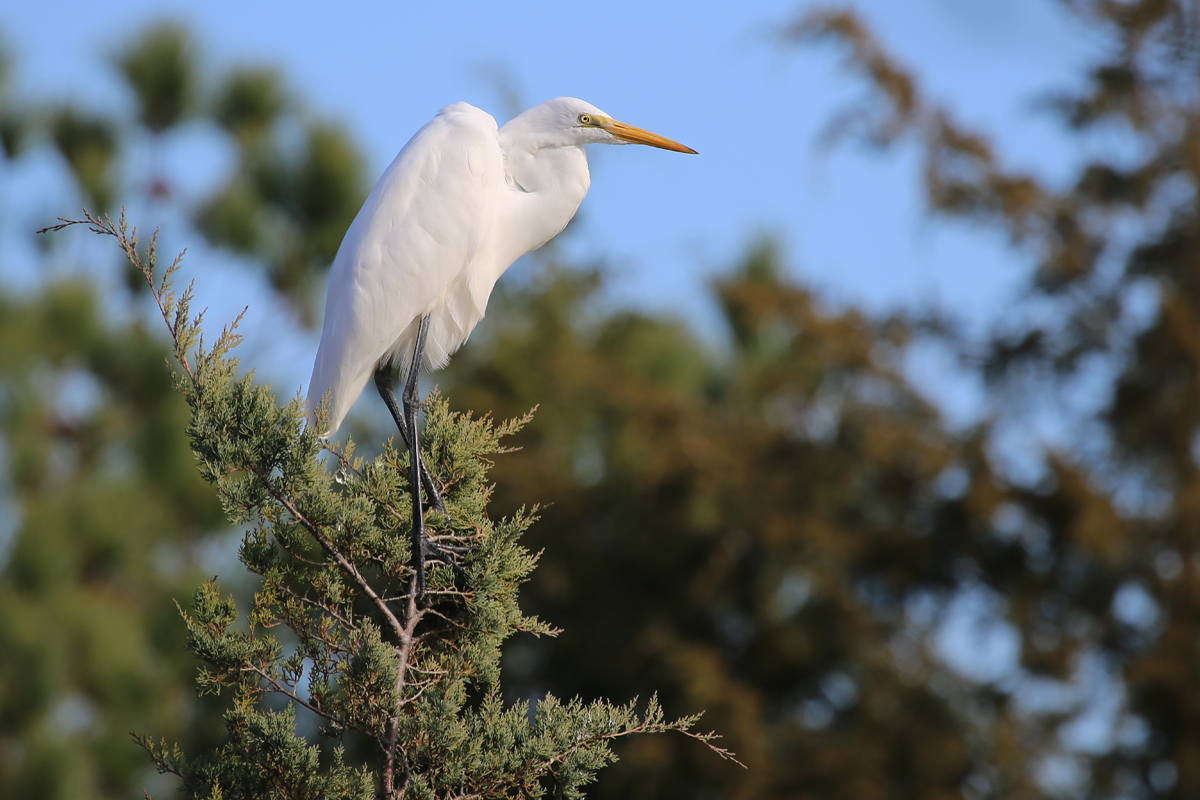
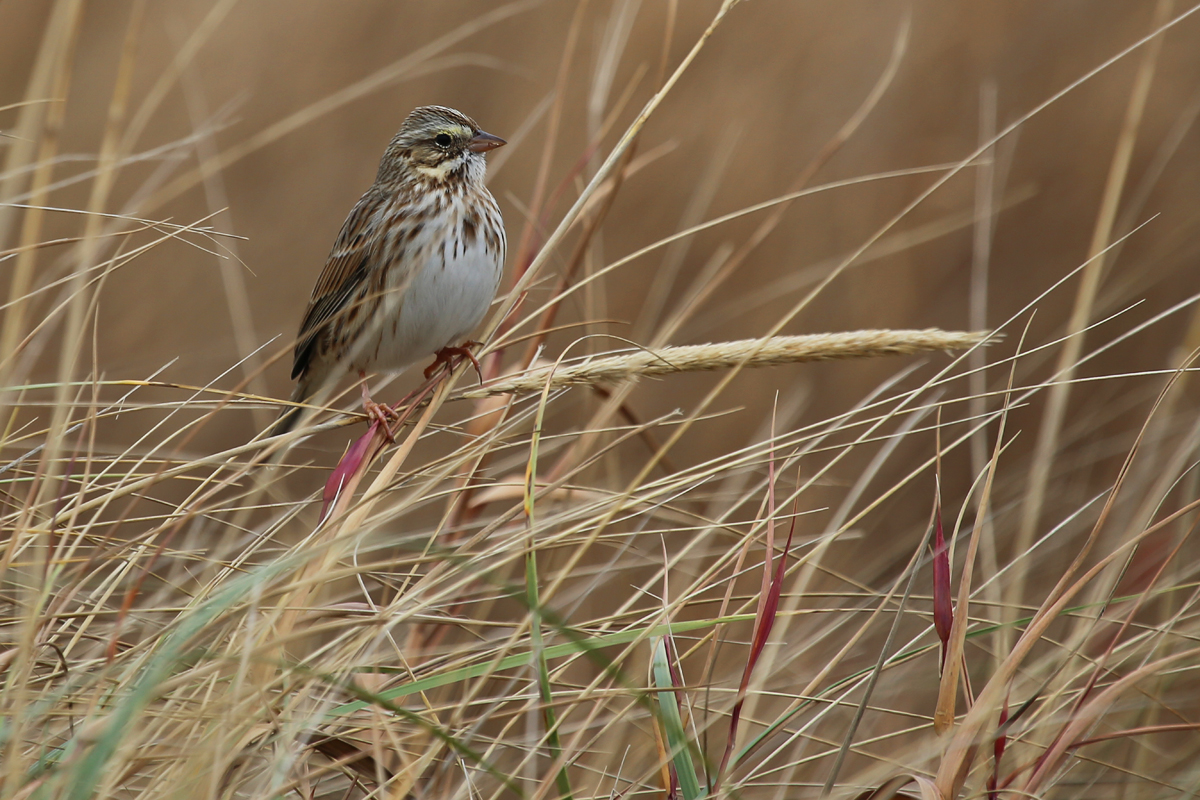
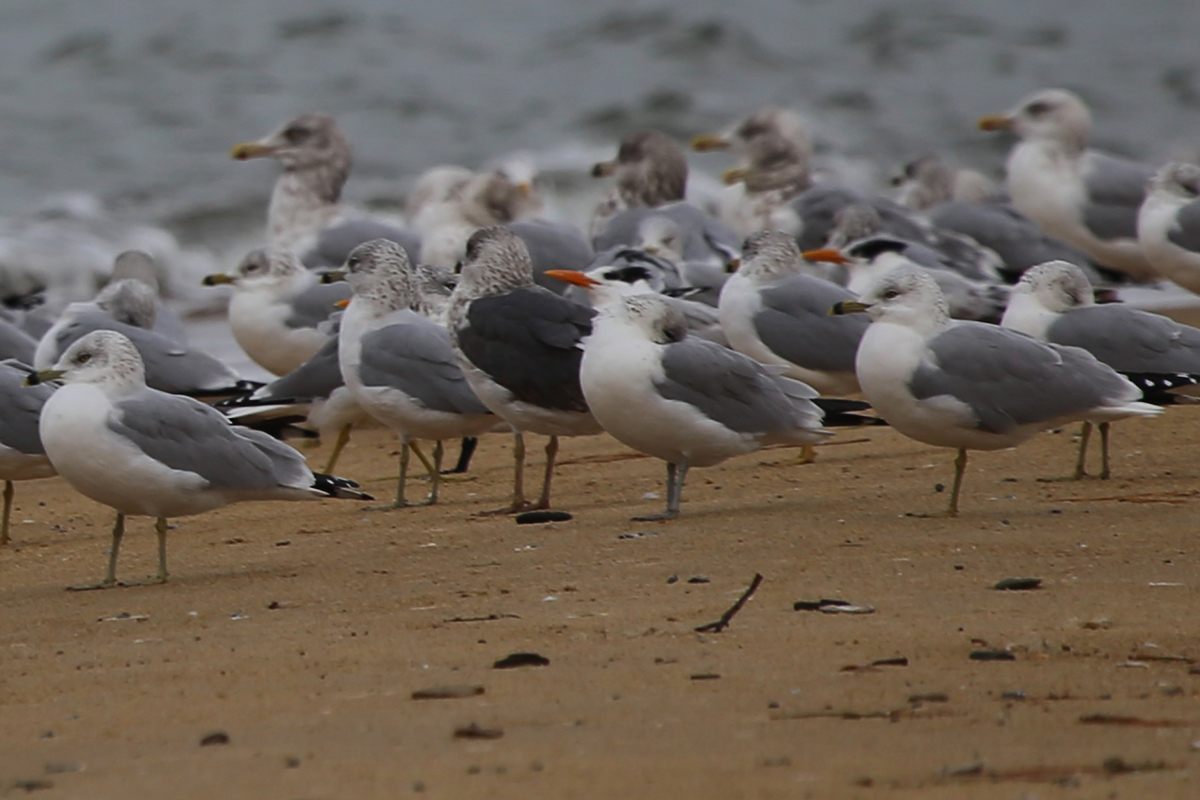
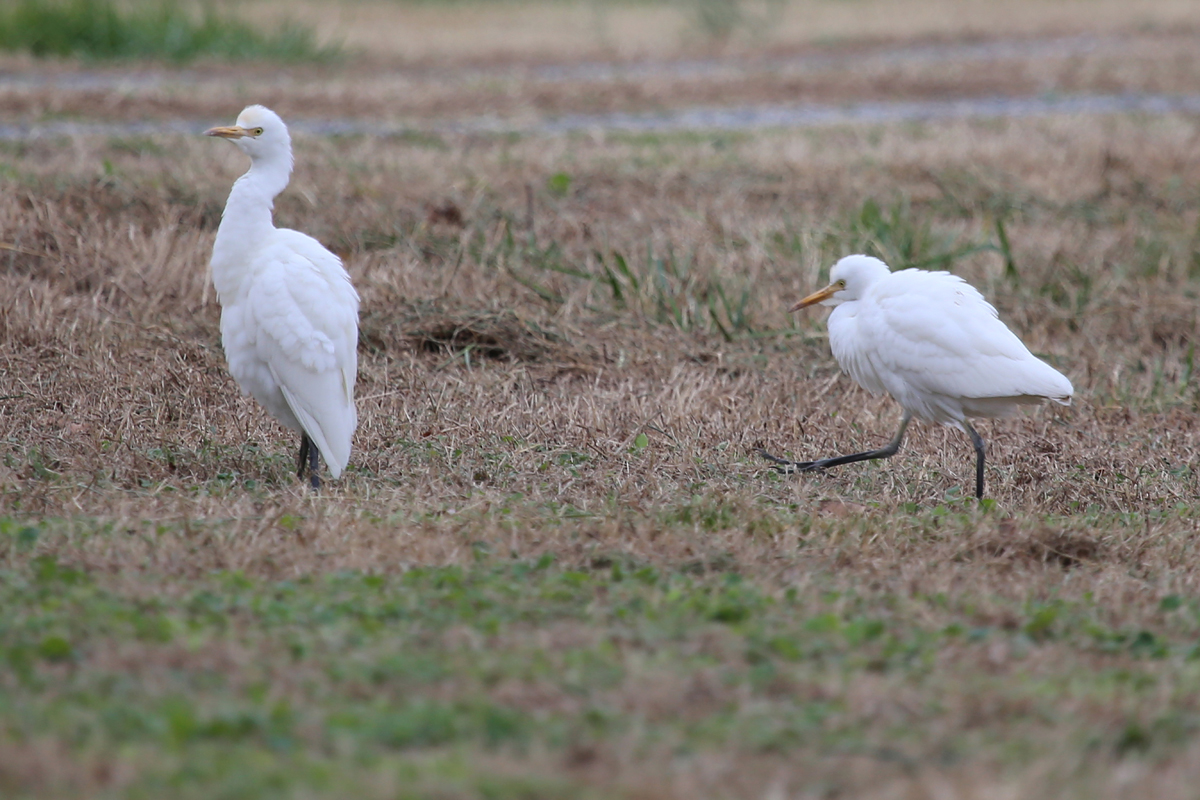
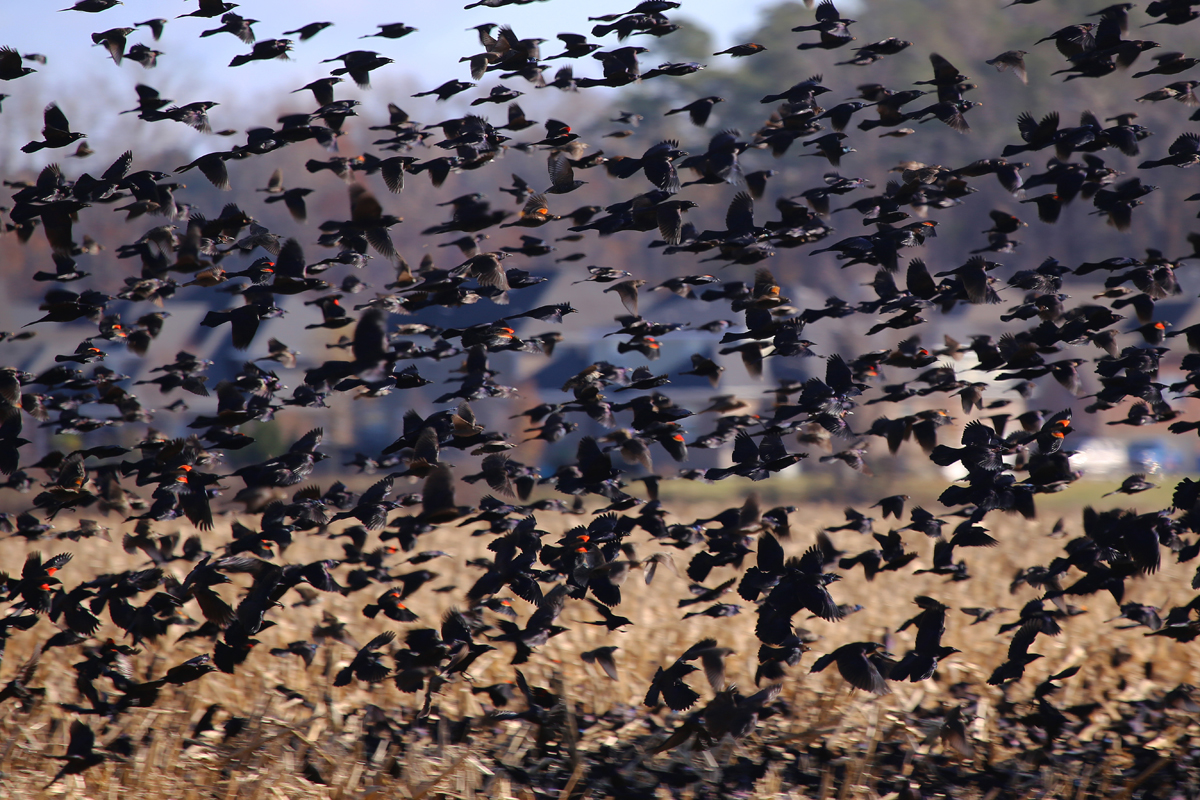
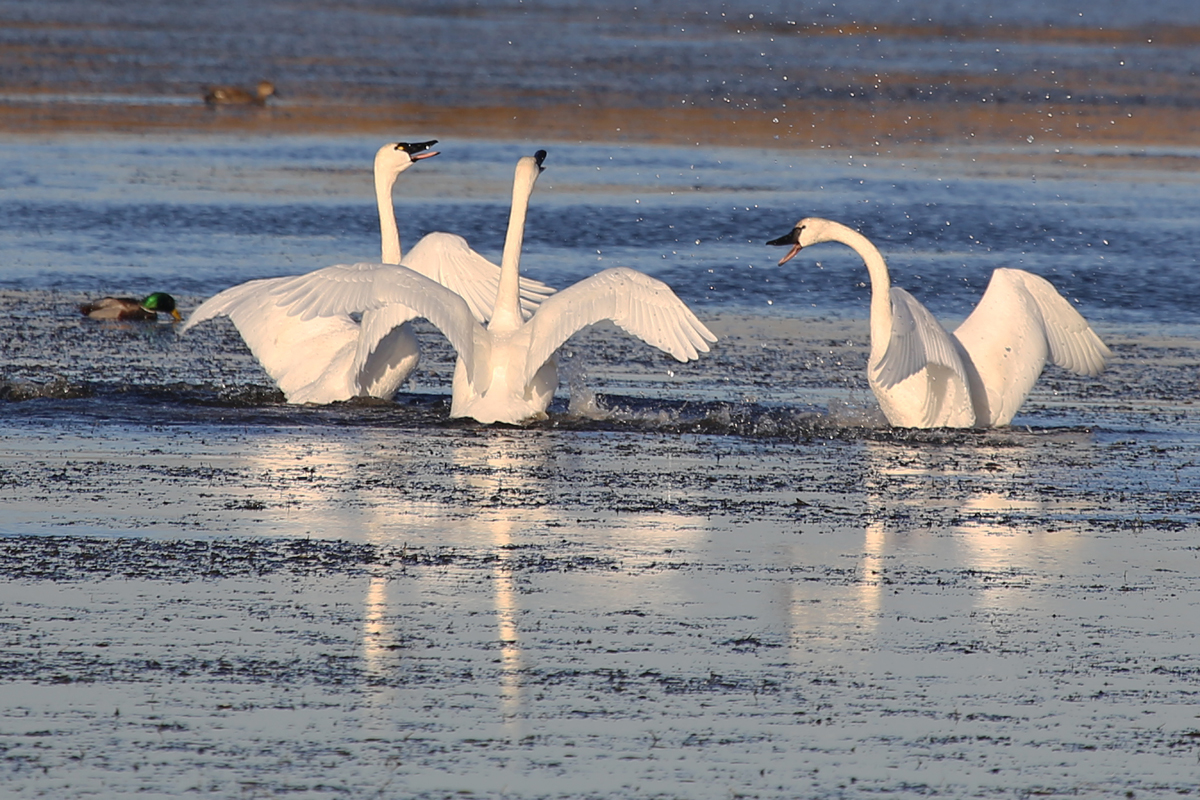
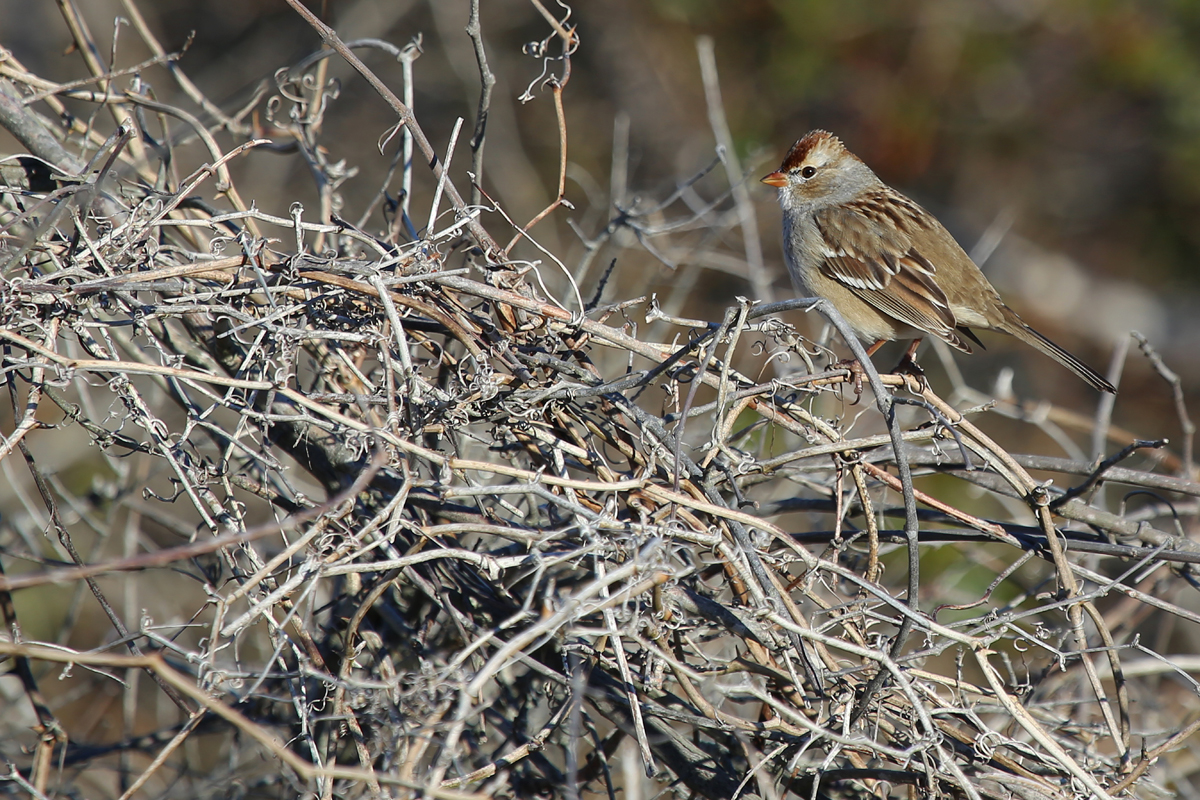

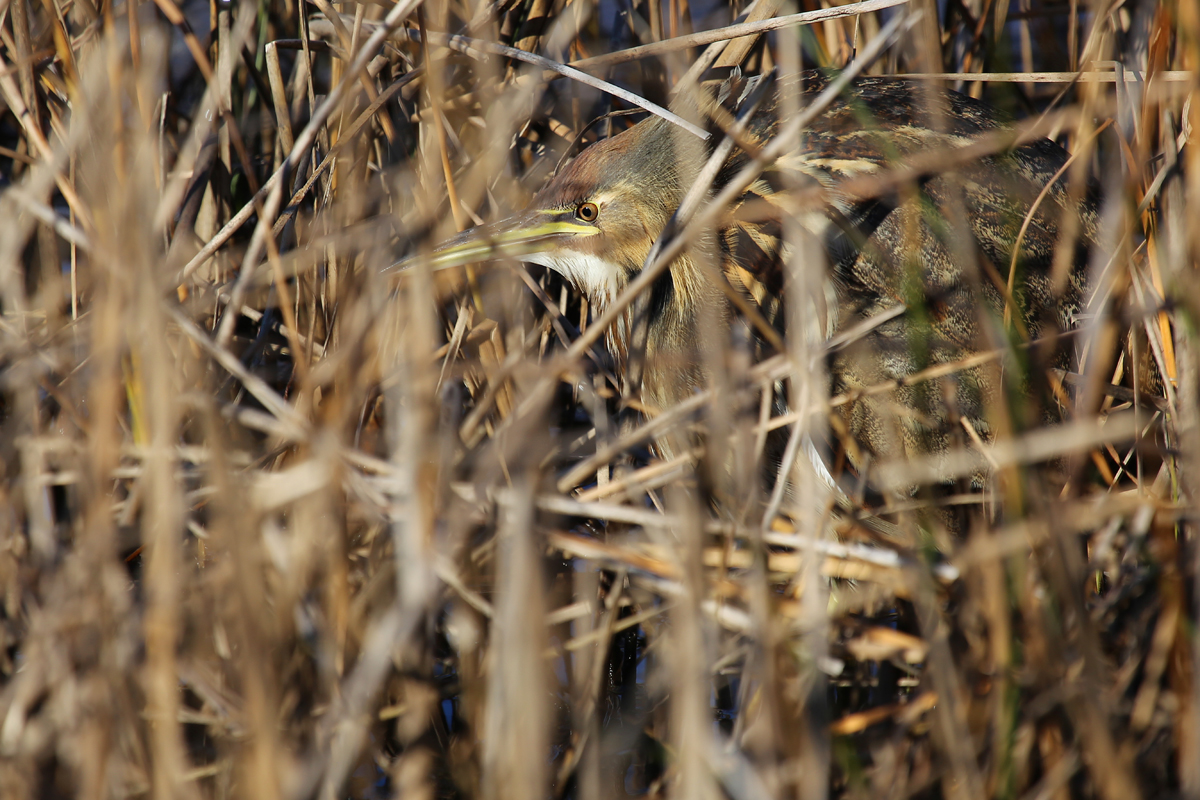
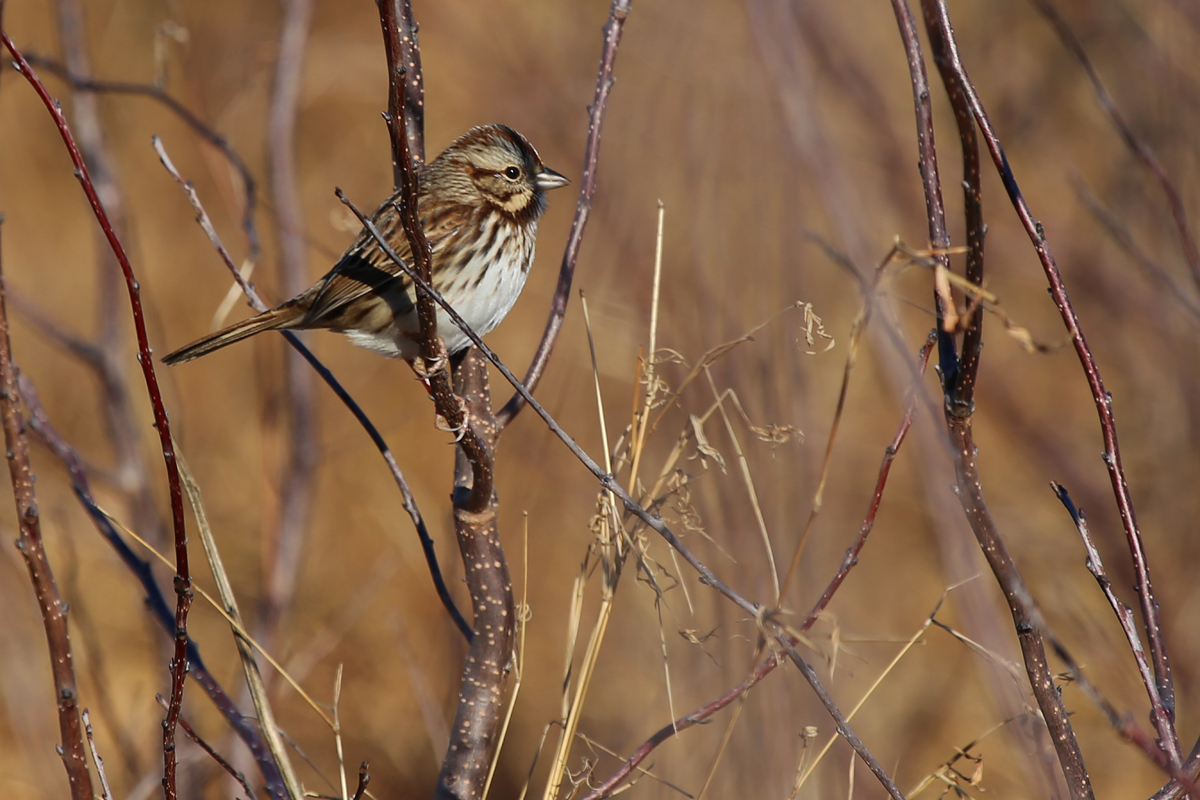
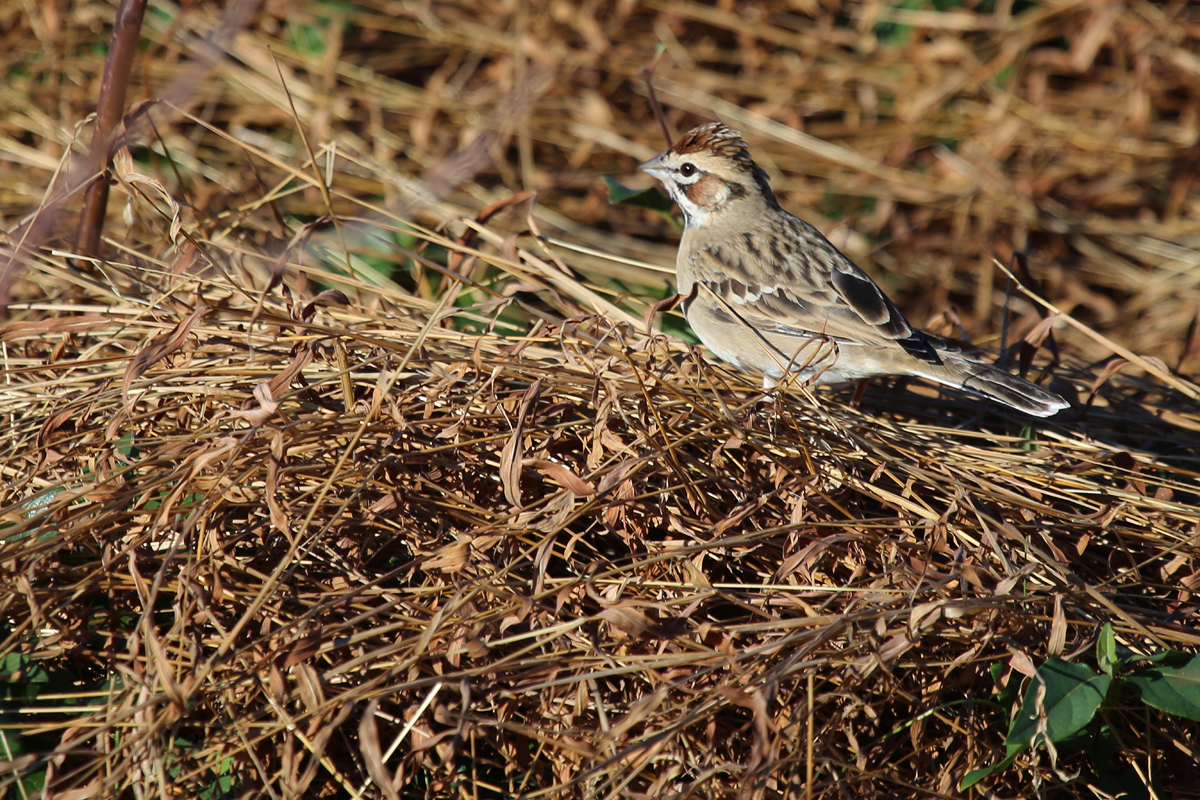
OBSERVATIONS: With all the excitement that occurred in late November due to the arrival (and swift departure) of the Lesser Goldfinch, how could we keep the momentum going in Virginia Beach? Well, for starters, a BULLOCK’S ORIOLE at Back Bay NWR on 2 Dec (Mike Collins) proved to be the perfect springboard into December! The Gold Book lists only 5 firm records of this species in the state of Virginia, with the most recent occurring in Fairfax County in 2002. None of the documented records are from Virginia Beach, so this was yet another first for the city! Unfortunately, this oriole (another western species far out of range) wasn’t as cordial as the Lesser Goldfinch, and despite the lightning paced spread of information among the local birding community, no one was able to relocate the bird throughout the day, and it was also not seen on successive days though efforts were certainly undertaken!
On one such “twitch” to Back Bay NWR on 2 Dec, observers were otherwise rewarded for their efforts with a flyover flock of 6 AMERICAN WHITE PELICANS (Donna Jones, ph. Clyde Wilson, ph. Matt Anthony, ph. Andrew Elgin, Megan Massa & Nicholas Newberry). This species is most often noted in flight as they pass along the immediate coastline, but earlier in the year, a group of 30+ individuals spent a couple of days on the marshes off Pleasure House Point NA, so it is always possible to further sightings will occur for this difficult-to-pin-down species.
Also, the LARK SPARROW that has been present at Back Bay NWR since at least 23 Oct was sighted by many observers throughout the entirety of the period, including: 1 Dec (Karen & Tom Beatty), 2 Dec (Robert Ake, Mike Collins and Pamela Monahan), 3 Dec (Paul Glass, Karen & Tom Beatty and Adam D’Onofrio), 4 Dec (Theo Staengl, Phil Kenny, Ezra Staengl, Russell Taylor, Dixie Sommers, Clyde Wilson, Donna Jones, and Rexanne Bruno) and on 10 Dec (Michelle Payne, Lisa Rose, Rob Bielawski and Adam Sedgley. This individual seems content to stay in the septic field north of the visitor’s center, or in the scrubbier field just west of the building and it is readily obvious to be the same bird since it has a healed wound on the back of the right side of the head.
While out searching the southern impoundment of Princess Anne WMA’s Beasley Tract on 4 Dec, a LE CONTE’S SPARROW was found by Andrew Baldelli. Records for this species in Virginia Beach as far as eBird goes are limited, with the most recent being several sightings at Back Bay NWR. However, thanks to a post just a couple weeks back on the CVWO general blog, Anna Stunkel provided a link to this article regarding the distribution and status of the species in Virginia. I highly encourage anyone interested in the species to read through this paper as it pertains specifically to many sightings in Virginia Beach. Being a very secretive species, many observers leapt at the opportunity to attempt to observe this individual. It was first observed a couple of hours after the initial sighting by Mary Catherine Miguez, then by the group of Rexanne Bruno, Lisa Rose, Dixie Sommers & Tracy Tate, and lastly by Karen Beatty & Rob Bielawski (led by Mary Catherine Miguez to the spot). An added hurdle to this bird is the fact that the park is only open to birding on Sundays throughout the winter season, as per their official website details the rules & regulations. Please be mindful of these access regulations if you would like to venture out in search of the bird (it was reported again 11 Dec, just to keep you fully up to date).
Also on 4 Dec, a PAINTED BUNTING appeared in the backyard of a private residence (Davenport Ln. / Tommy Maloney), and it is possible that this is the same individual noted at this location a few weeks prior. We’ve had what appears to be at least three separate individuals reported over the last month or two in the city, though all have been either immatures/females. It seems only a matter of time before a vivid adult male shows up somewhere though, which is certainly a bird everyone would like to see.
Another exciting find from the same day (4 Dec) was that of a pair of geese on the northern body of water in Sherwood Lakes. Though they were mixed in with hundreds of Canada Geese, these two were quite different, being a GREATER WHITE-FRONTED GOOSE and a ROSS’S GOOSE (Julian Smith, et al.). On a typical day, the finding of a Ross’s Goose would be big news, though the species is likely annual in Virginia Beach, and just goes unnoticed since they often mix in with large flocks of Snow Geese. However, being in the same flock as a Greater White-fronted Goose makes it even more exciting. The latter species only has one other record listed here in eBird, that of a single individual observed in February 2014 near the Baybreeze Farms market stand on Sandbridge Road. The current flock of geese seems to be spending time on the water at Sherwood Lakes, as well as at a private borrow pit to the south. When foraging, the group moves from several nearby corn fields, and those adjacent to the HRSD wastewater treatment plant off Firefall Drive (and possibly elsewhere yet to be discovered). Throughout the period, these highly sought after rarities were also observed as follows: 6 Dec (Mary Catherine Miguez and Karen & Tom Beatty), 7 Dec (Andrew Baldelli and Mary Catherine Miguez), 8 Dec (James Marcum off Firefall Dr.), 9 Dec (Mike Collins, Ross’s Goose only at Sherwood Lakes) and 10 Dec (Karen & Tom Beatty, Greater White-fronted Goose only at Firefall Dr.). Hopefully they continue to be sighted, as this author personally knows full well how easy it is to miss them among the flock on any given day.
While out searching for the goose flock on 7 Dec at a privately owned tract of land (with permission) off Princess Anne Lane, an ASH-THROATED FLYCATCHER, a first for the city this year, was observed and photographed (Andrew Baldelli & Mary Catherine Miguez). Unfortunately due to the nature of this location, outside parties weren’t able to attempt to re-find this bird, and it has not been seen anywhere on the surrounding public lands. While this is our first concrete record for the year, a Myiarchus flycatcher observed at Lake Windsor on 16 Nov (Lisa Rose) was likely also an Ash-throated Flycather since no Great Crested Flycatchers (our common summer Myiarchus) were observed north of Florida after 1 Nov.
First-of-season arrivals (all within normal expectations) this period included 1 Long-tailed Duck & 1 Great Cormorant (3 Dec / South Thimble Island / Teri Holland), a Vesper Sparrow (3 Dec / First Landing SP / Louis Rajnys) and a Common Goldeneye (10 Dec / Back Bay NWR / Adam Sedgley). In addition to the first arrivals, we had quite a number of observations of species lingering beyond their typical departure dates. These included: Barn Swallow (3 Dec / Back Bay NWR / Matt Anthony, Rob Bielawski, Paul Glass, Nicholas Newberry & Jason Strickland), Prairie Warbler (4 Dec / Princess Anne WMA Beasley Tract / Andrew Baldelli), Yellow-breasted Chat (4 Dec / False Cape SP / Rexanne Bruno, Mary Foster, Donna Jones & Clyde Wilson), Nashville Warbler (5 Dec / Princess Anne WMA Beasley Tract / James Marcum) and Ruby-throated Hummingbird (3 & 8 Dec / Alanton / Michelle Payne). Also of interest, a group of late-occurring Cattle Egrets was spotted by several observers around southern Virginia Beach, including: a group of 12 (4 Dec / Morris Neck Rd. / Mary Catherine Miguez), 4 (4 Dec / Princess Anne Rd. / Rob Bielawski), 8 (4 Dec / Princess Anne Rd. / Karen & Tom Beatty) and 22 (7 Dec / South Stowe Rd. / Karen & Tom Beatty). Jaegers unidentifiable to species were noted 3 Dec (South Thimble Island / Rexanne Bruno) and also offshore of the Oceanfront 4 Dec (Virginia Aquarium Staff). American Bitterns continue to pop up at Back Bay NWR and Princess Anne WMA as well, being a favorite target of out-of-towners who come to coast during the winter. Lastly, the flock of Snow Buntings continues to be sighted at the border of Fort Story and First Landing SP, on the dune line immediately adjacent to a small freshwater puddle.
SPECIES DOCUMENTED BY MEDIA and submitted to eBird for Virginia Beach during this period included: 1 DEC – Baltimore Oriole (Laurel Cove Dr. / Loretta Silvia); Cooper’s Hawk & King Rail (Back Bay NWR / Mary Catherine Miguez); Cooper’s Hawk, Wilson’s Snipe, LARK SPARROW & White-crowned Sparrow (Back Bay NWR / Karen & Tom Beatty); Royal Tern & Orange-crowned Warbler (First Landing SP / Mary Coker); Yellow-bellied Sapsucker, Northern Flicker & Baltimore Oriole (Kempsville / Una Davenhill). 2 DEC – BULLOCK’S ORIOLE (Back Bay NWR / Mike Collins); Northern Gannet, Sanderling, Ring-billed Gull & Great Black-backed Gull (South Thimble Island / Linda Greble); Yellow-bellied Sapsucker (Bow Creek Recreation Center / David Clark); Lesser Scaup, Double-crested Cormorant, AMERICAN WHITE PELICAN, American Coot, American Robin, Yellow-rumped Warbler & White-crowned Sparrow (Back Bay NWR / Clyde Wilson); AMERICAN WHITE PELICAN (Back Bay NWR / Andrew Elgin); 3 DEC – LARK SPARROW & White-crowned Sparrow (Back Bay NWR / Paul Glass); Snow Bunting & Vesper Sparrow (First Landing SP / Louis Rajnys); LARK SPARROW (Back Bay NWR / Adam D’Onofrio); Red-headed Woodpecker & Ruby-crowned Kinglet (First Landing SP / Loretta Silvia); Great Egret, Snowy Egret, Osprey, Northern Harrier & Northern Mockingbird (Pleasure House Point NA / Rob Bielawski); Red-billed Woodpecker, Downy Woodpecker, American Crow, Carolina Chickadee, Ruby-crowned Kinglet, Brown Thrasher, Northern Mockingbird, Yellow-rumped Warbler, Northern Cardinal, Common Grackle & Baltimore Oriole (Prince Phillip Dr. / Ron Furnish): 4 DEC – King Rail, Black-bellied Plover, Eastern Screech-Owl, American Kestrel, Tree Swallow, Eastern Bluebird, LARK SPARROW & Red-winged Blackbird (Back Bay NWR / Phil Kenny); King Rail (Back Bay NWR / Ezra Staengl); Ruby-crowned Kinglet, Yellow-rumped Warbler, Prairie Warbler & LE CONTE’S SPARROW (Princess Anne WMA Beasley Tract / Andrew Baldelli); King Rail & Eastern Screech-Owl (False Cape SP / Dixie Sommers); King Rail (False Cape SP / Kim Harrell); King Rail (False Cape SP / Steve Myers); Marsh Wren & LE CONTE’S SPARROW (Princess Anne WMA Beasley Tract / Mary Catherine Miguez); Ring-billed Gull, Lesser Black-backed Gull, Royal Tern & Savannah Sparrow (First Landing SP / Rob Bielawski); Red-headed Woodpecker (First Landing SP / Bill Fiero); LE CONTE’S SPARROW (Princess Anne WMA Beasley Tract / Dixie Sommers); LE CONTE’S SPARROW (Princess Anne WMA Beasley Tract / Lisa Rose); Orange-crowned Warbler (Back Bay NWR / Kim Harrell); Jaeger sp. (Offshore / Virginia Aquarium & Marine Science Center); Cattle Egret (Princess Anne Rd. / Rob Bielawski); Nelson’s Sparrow (Pleasure House Point NA / Ezra Staengl); LE CONTE’S SPARROW (Princess Anne WMA Beasley Tract / Rob Bielawski); LE CONTE’S SPARROW (Princess Anne WMA Beasley Tract / Karen Beatty); Snow Bunting (First Landing SP / Ezra Staengl); Orange-crowned Warbler (Prince Phillip Dr. / Ron Furnish). 5 DEC – Lesser Black-backed Gull (Oceanfront / Bill Fiero). 6 DEC – GREATER WHITE-FRONTED GOOSE & ROSS’S GOOSE (Princess Anne Ln. / Mary Catherine Miguez). 7 DEC – GREATER WHITE-FRONTED GOOSE & ROSS’S GOOSE (Sherwood Lakes / Andrew Baldelli); GREATER WHITE-FRONTED GOOSE & ROSS’S GOOSE (Sherwood Lakes / Mary Catherine Miguez); ASH-THROATED FLYCATCHER (Princess Anne Ln. / Mary Catherine Miguez); ASH-THROATED FLYCATCHER (Princess Anne Ln. / Andrew Baldelli); Common Grackle (Sherwood Lakes / Rob Bielawski); Cattle Egret (Princess Anne Rd. / Karen & Tom Beatty); 10 DEC - LARK SPARROW (Back Bay NWR / Lisa Rose); Tundra Swans, American Bittern, Northern Mockingbird, LARK SPARROW, White-crowned Sparrow & Song Sparrow (Back Bay NWR / Rob Bielawski); GREATER WHITE-FRONTED GOOSE (Firefall Dr. / Karen & Tom Beatty).
LOOKAHEAD: With the leaves now essentially off the trees, some birds will become more visible to eyes in the forested portions of the city. The goose flock moving around southern Virginia Beach is worth tracking, as other unusual species could pop up (CACKLING GOOSE already has as of this writing on 11 Dec). A large flock of mixed blackbirds has been noted around Sherwood Lakes as well, and observers should focus on picking out YELLOW-HEADED BLACKBIRD if present among the 10,000 birds contained in the group. Mid-December could also afford seawatchers with our first documented Razorbills, GLAUCOUS GULLS or ICELAND GULLS of the season, and rare ducks like KING & COMMON EIDERS and HARLEQUIN DUCKS are always a possibility this time of year as well. With the drop in temperatures comes the potential for northerly species making their way into our region, but make sure to dress for the cooler temperatures as it can be quite miserable on exposed beaches if not wearing the proper attire!
Next Entry | Entry Index | Previous Entry
For more information on this thrice-monthly Birding Blog, please check out the Journal Overview Page on the website. It provides background information as to what sightings are considered for the blog, details about the format of the blog, and it will likely answer many other questions that readers might be wondering about as well! As always, thank you for reading, and please leave me a comment below (you may use your Facebook, Gmail or other accounts to easily do so), or just click the Heart icon to the lower right of this post to let me know you stopped in!
